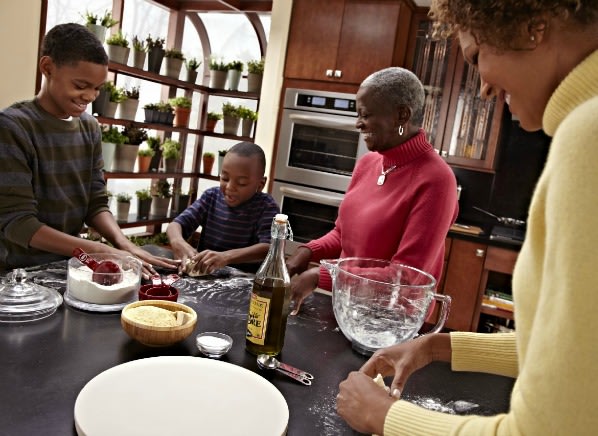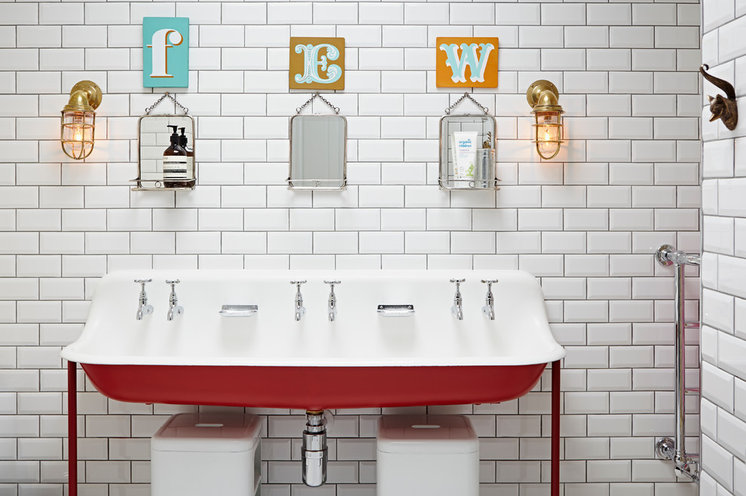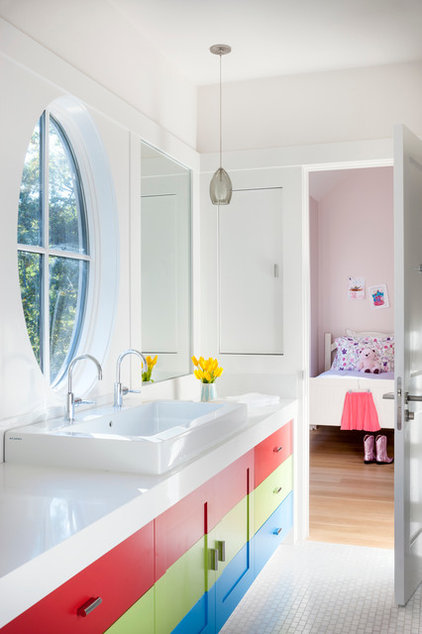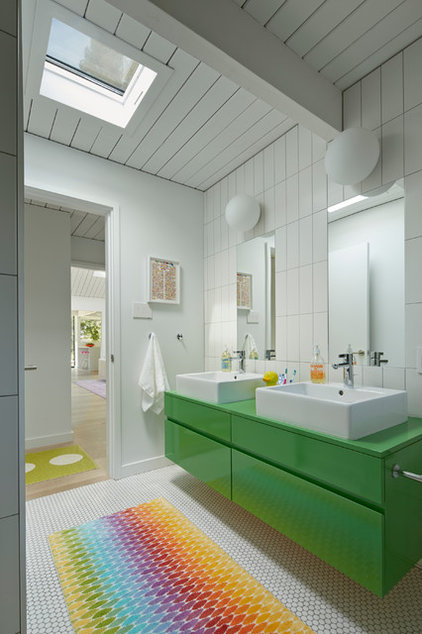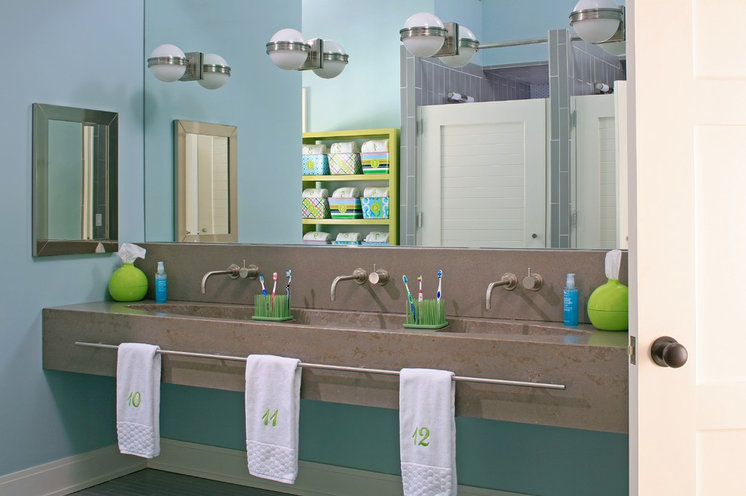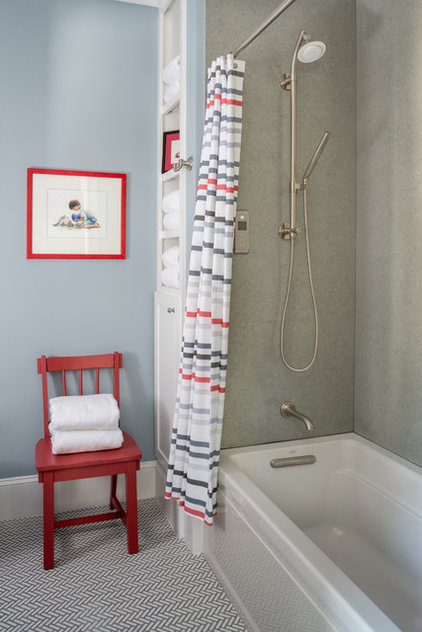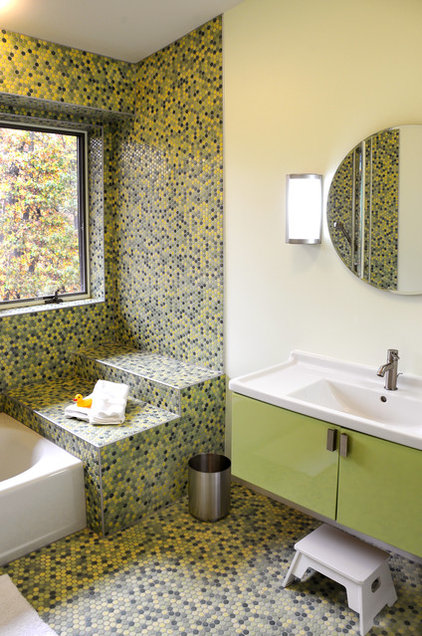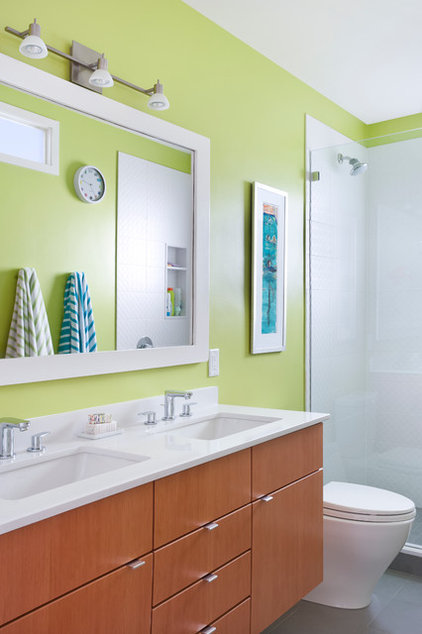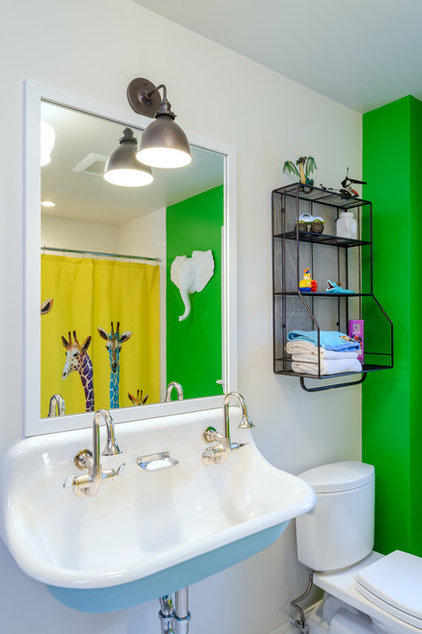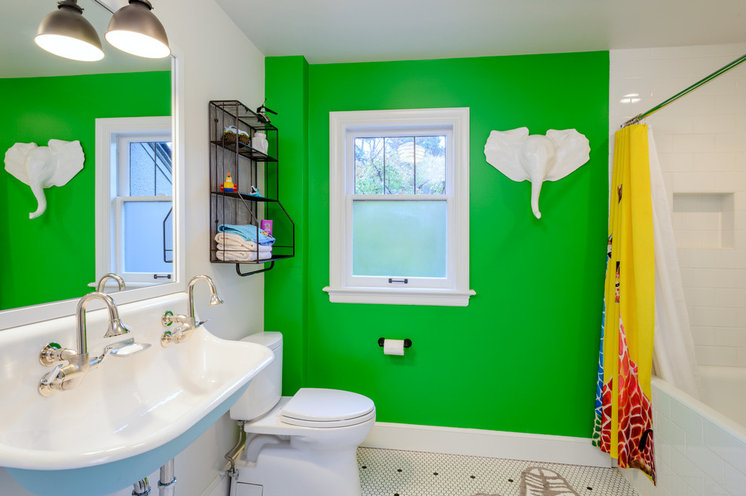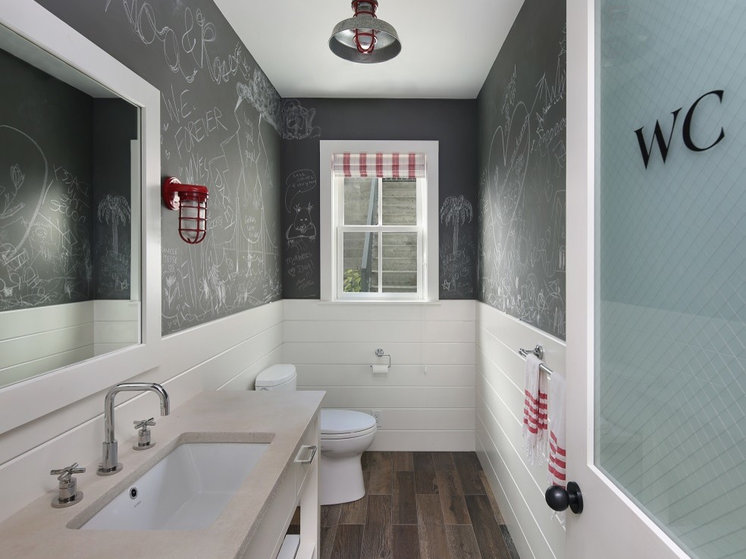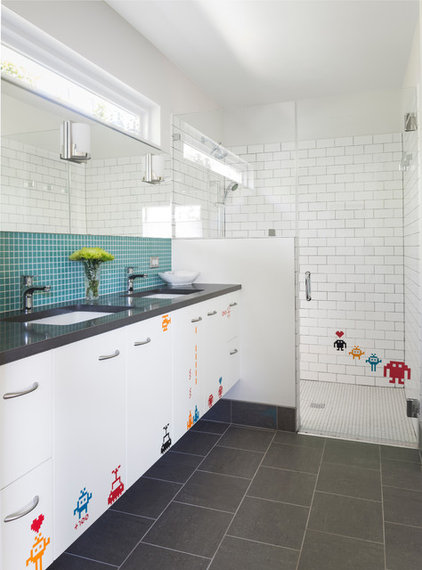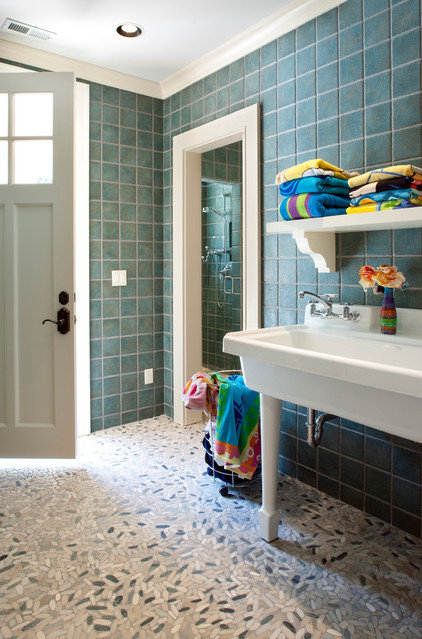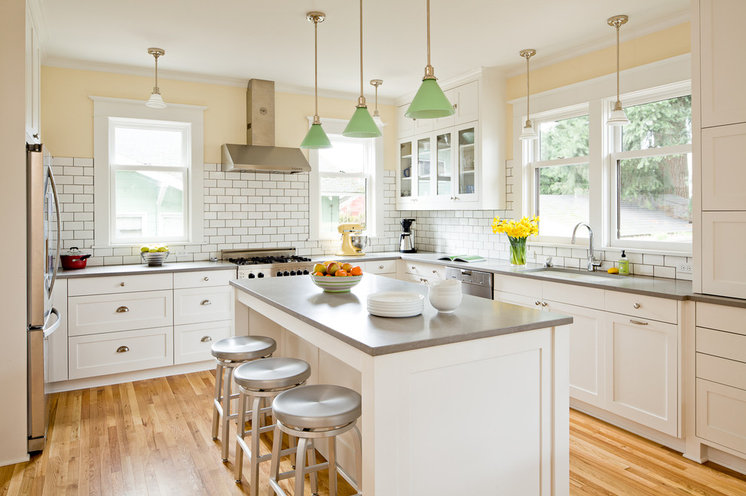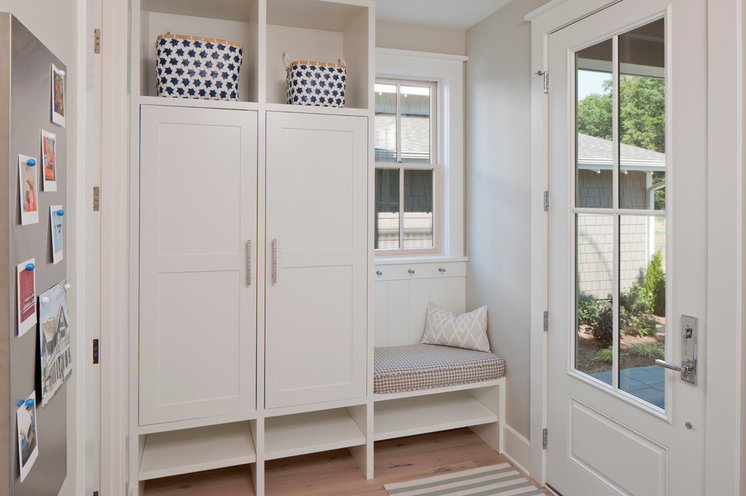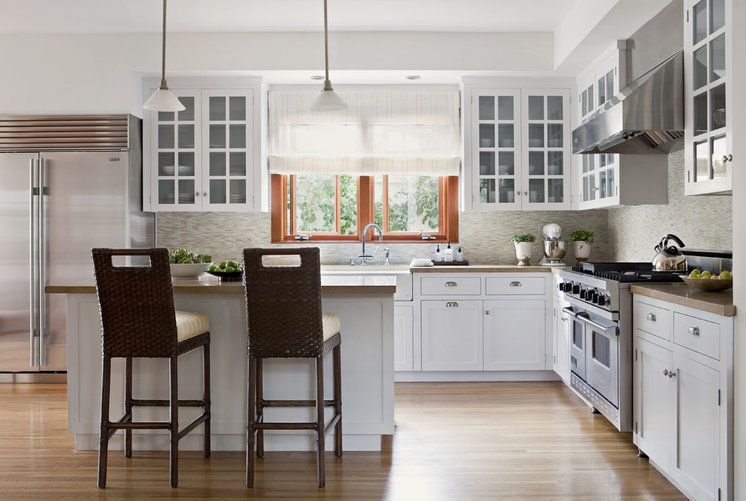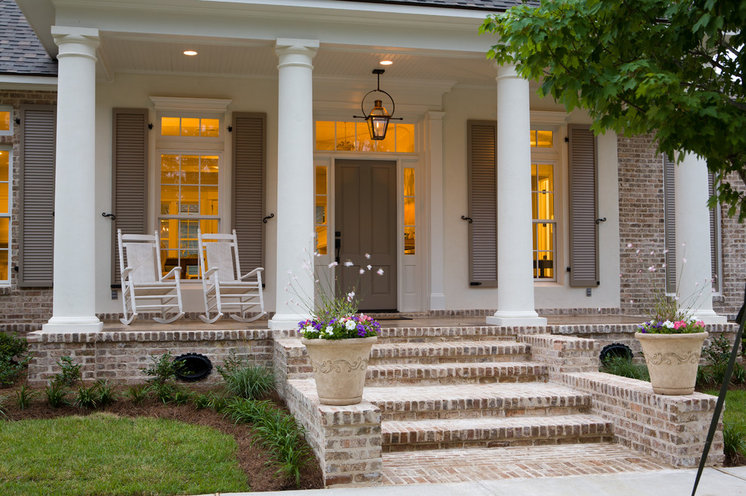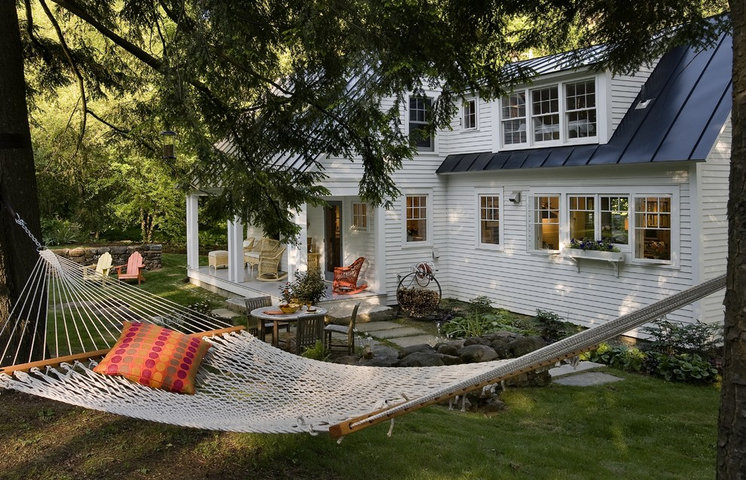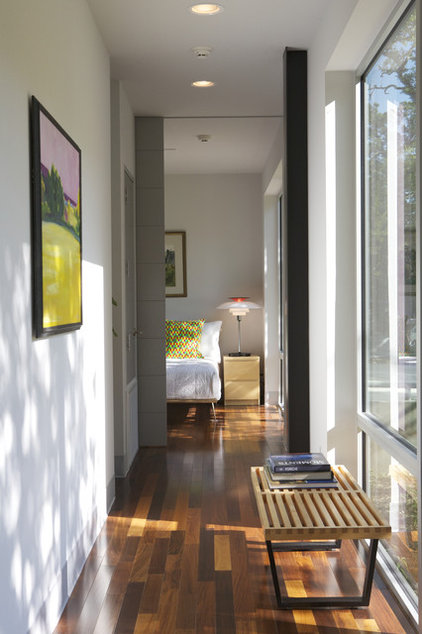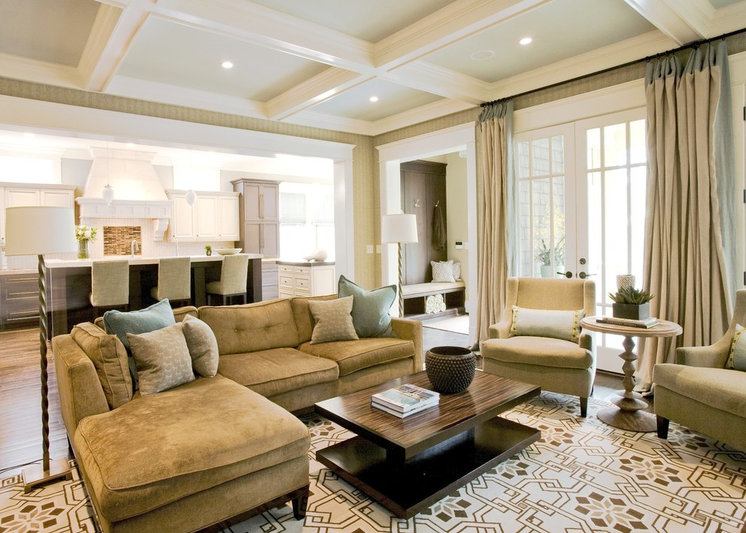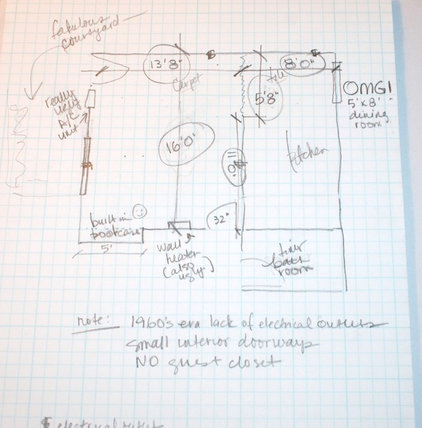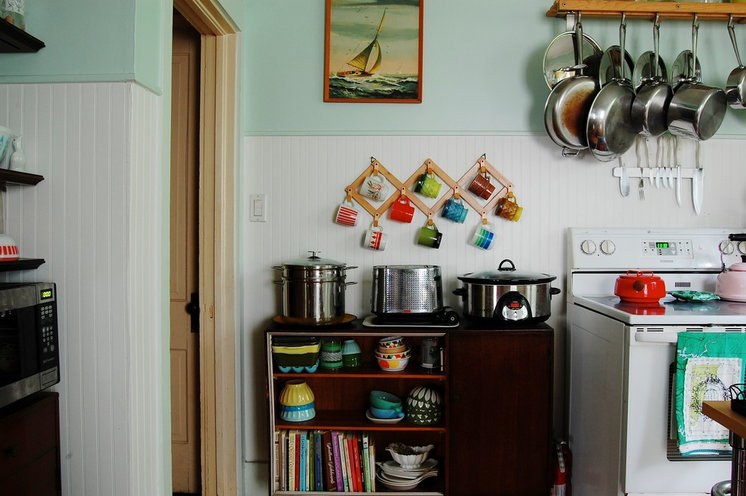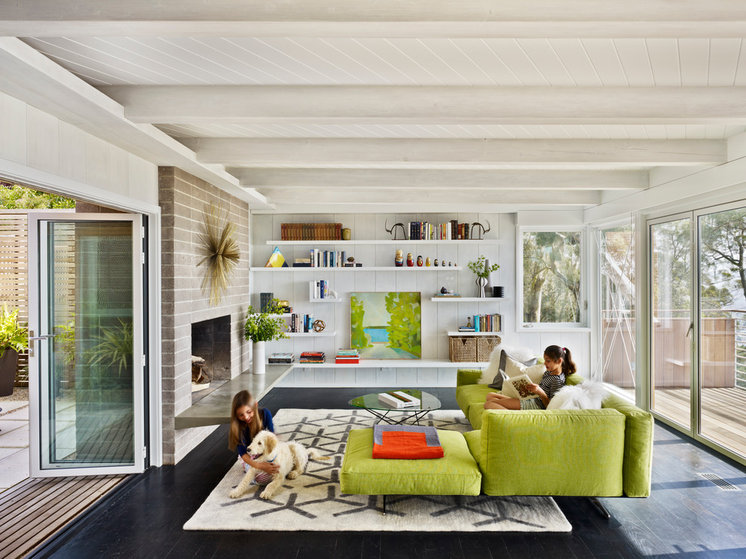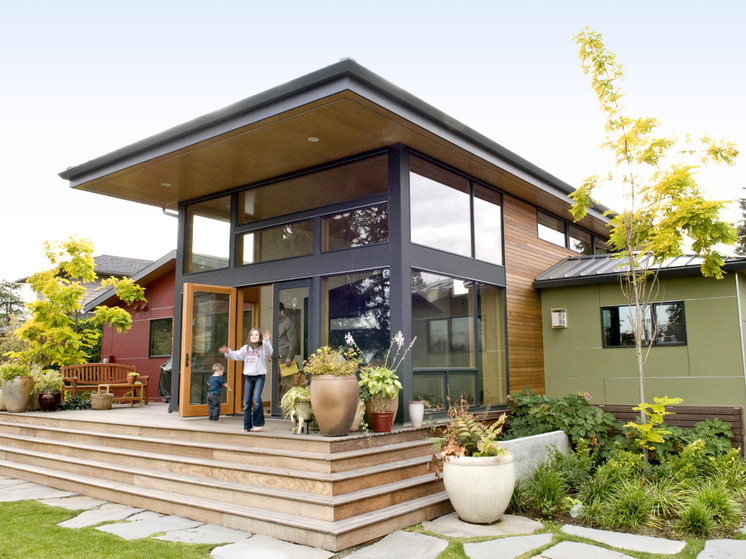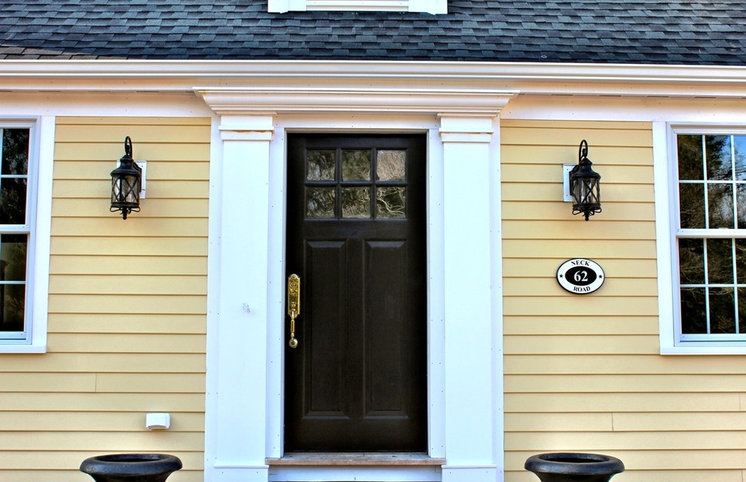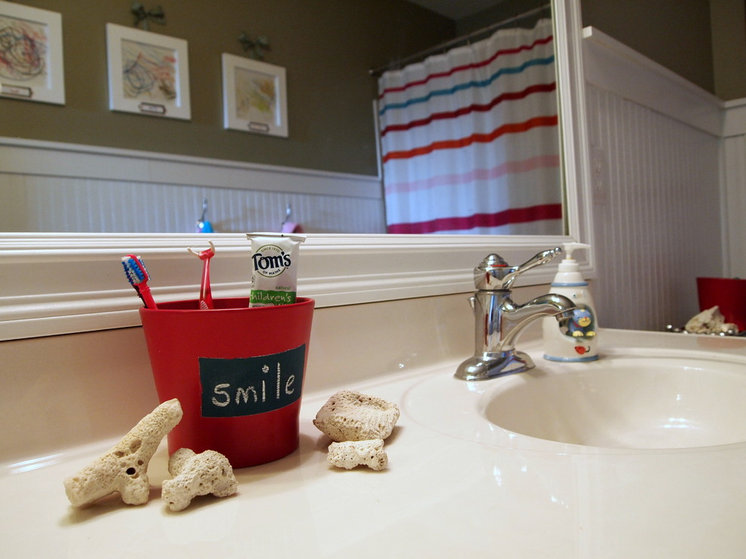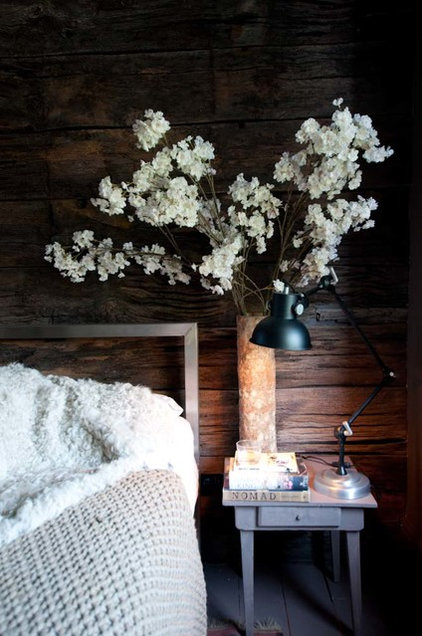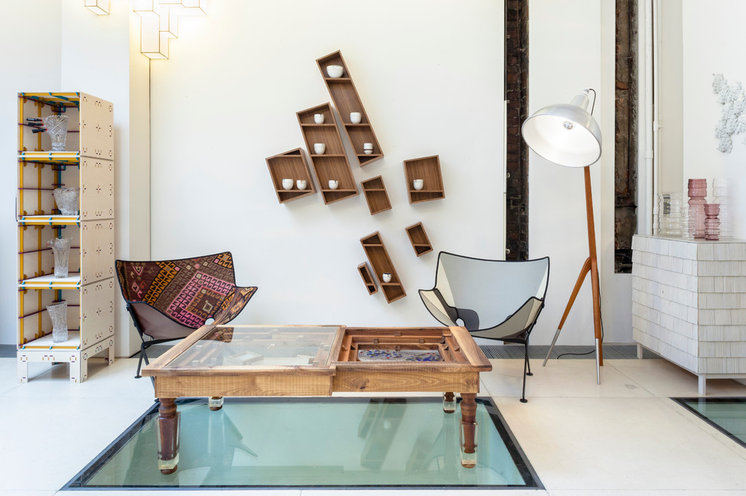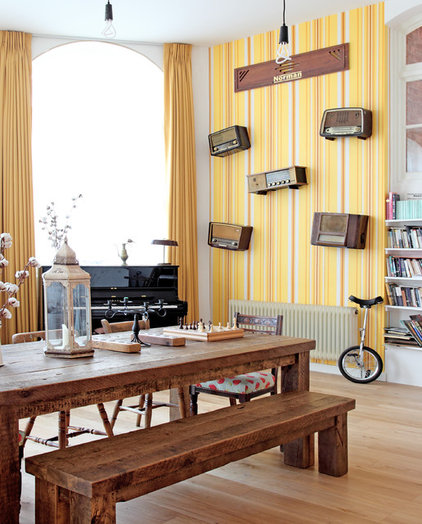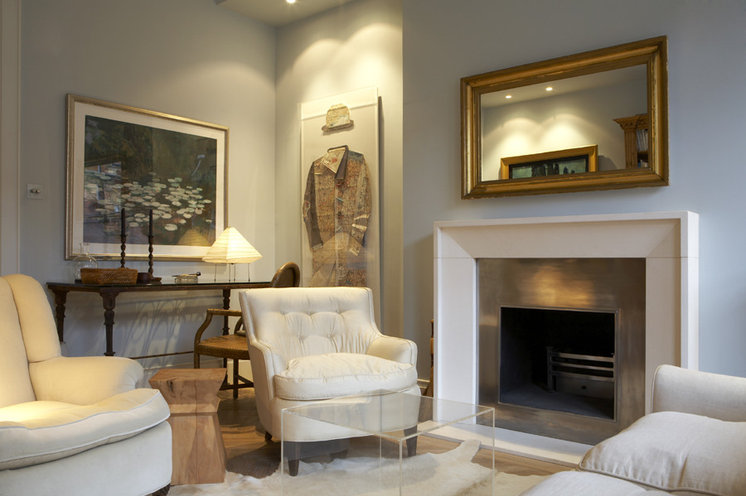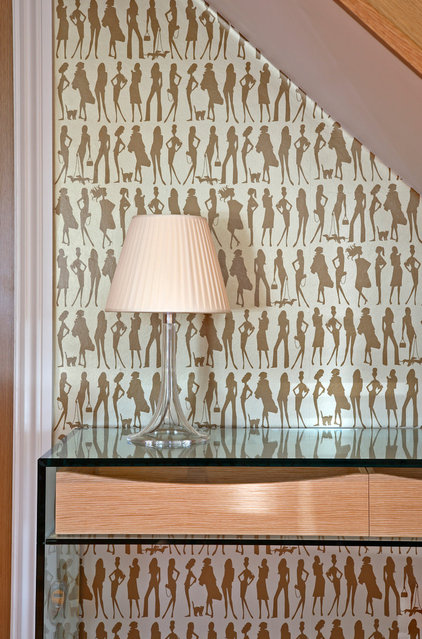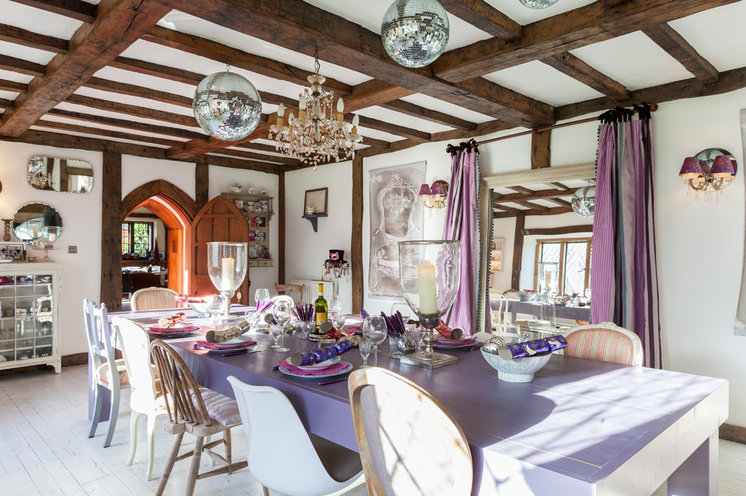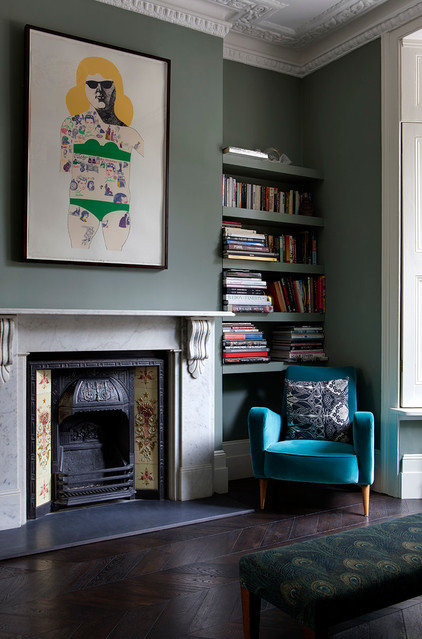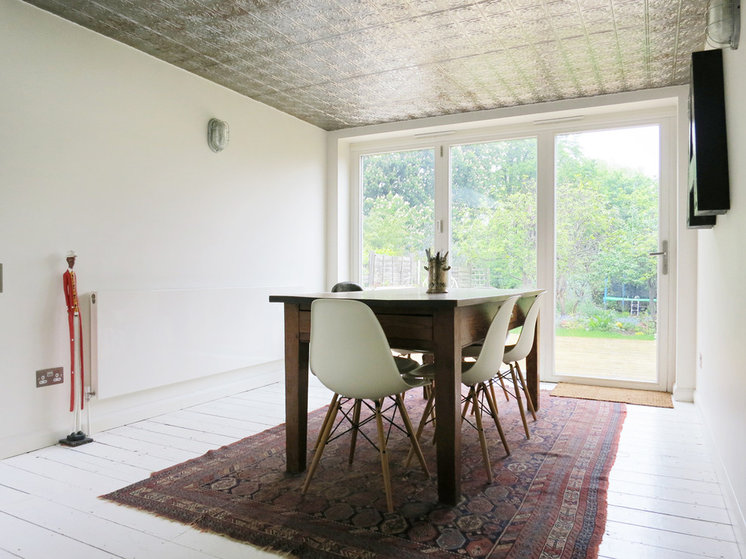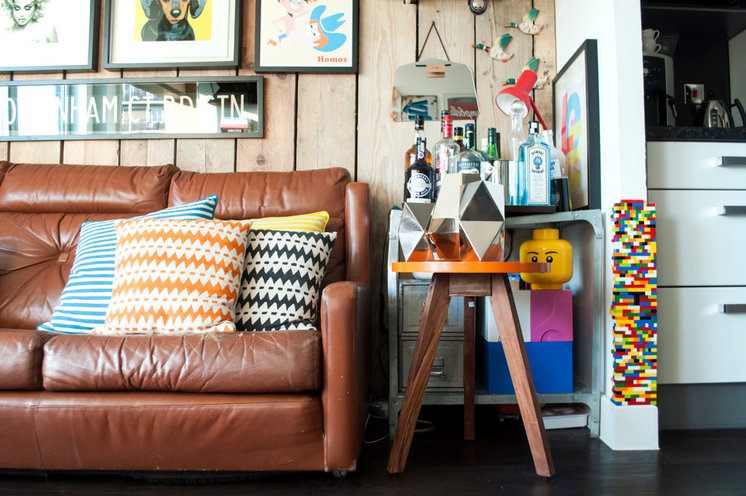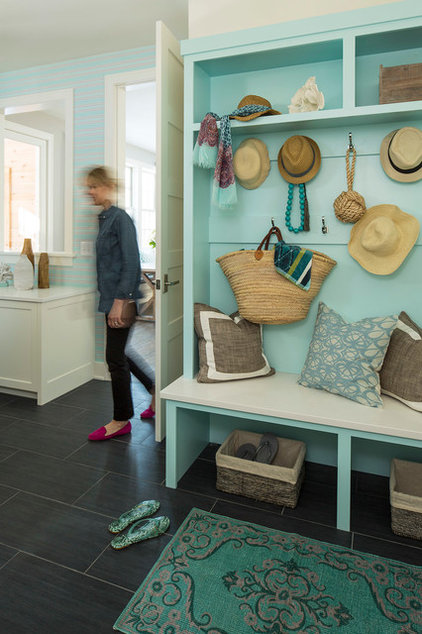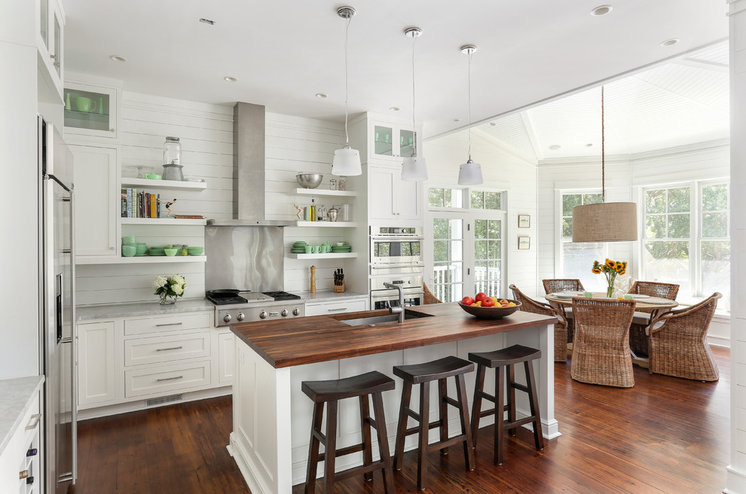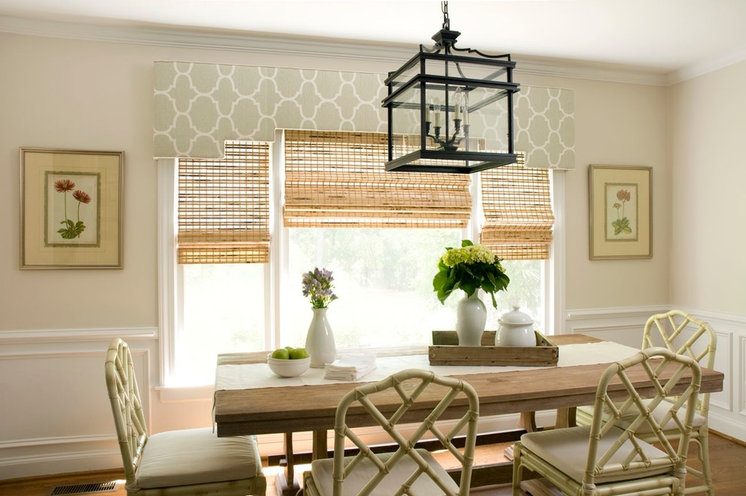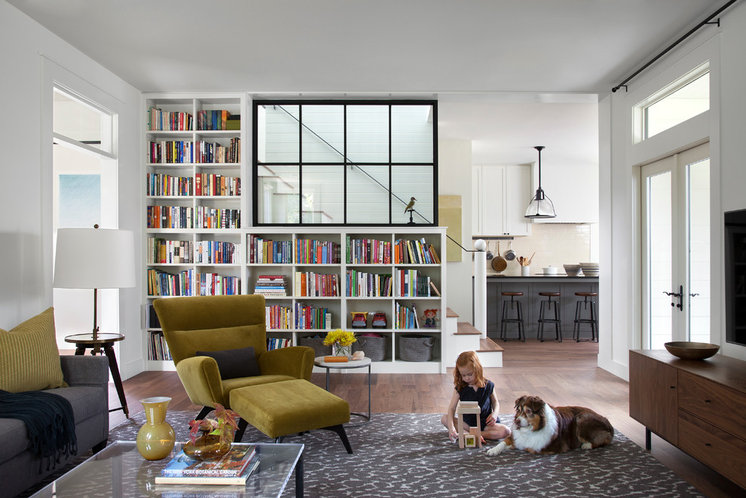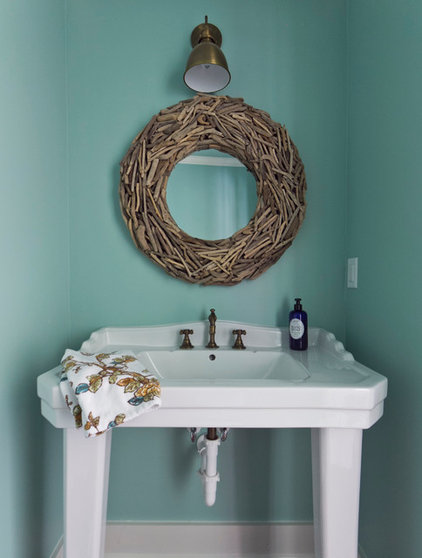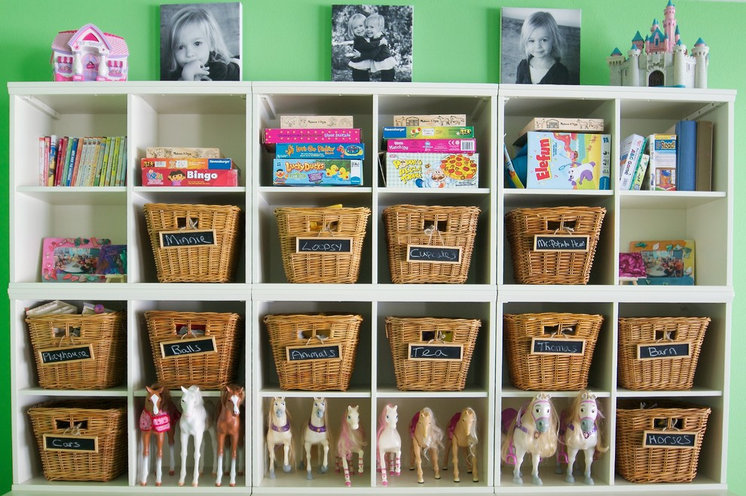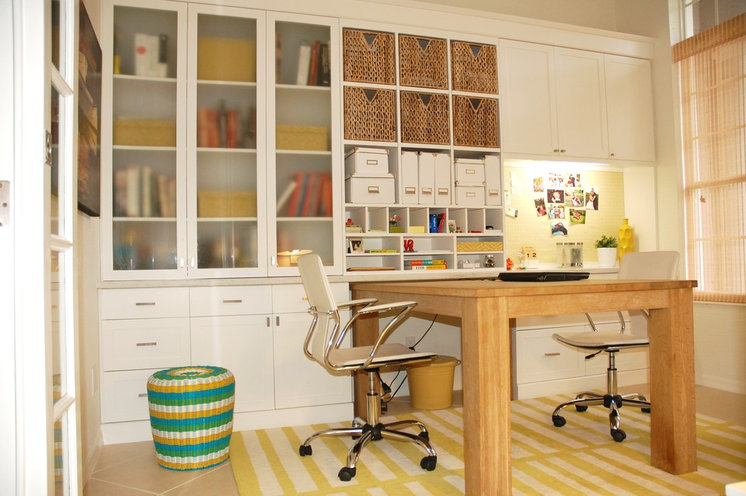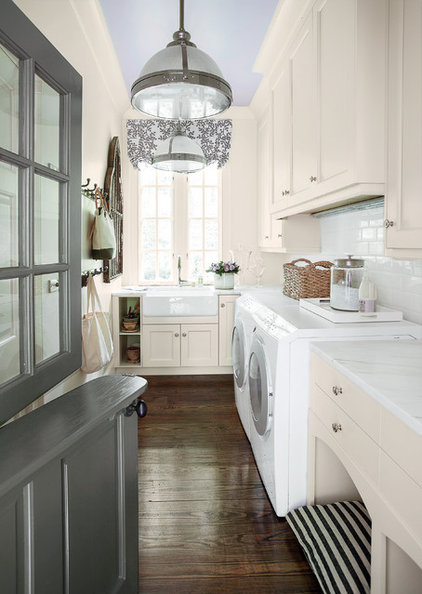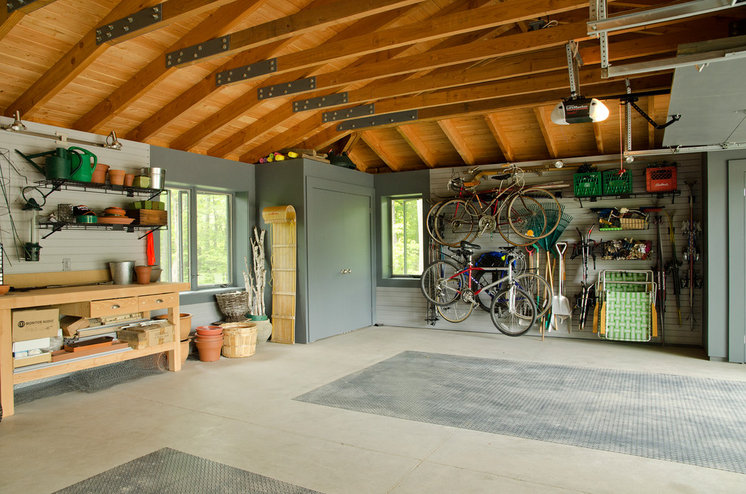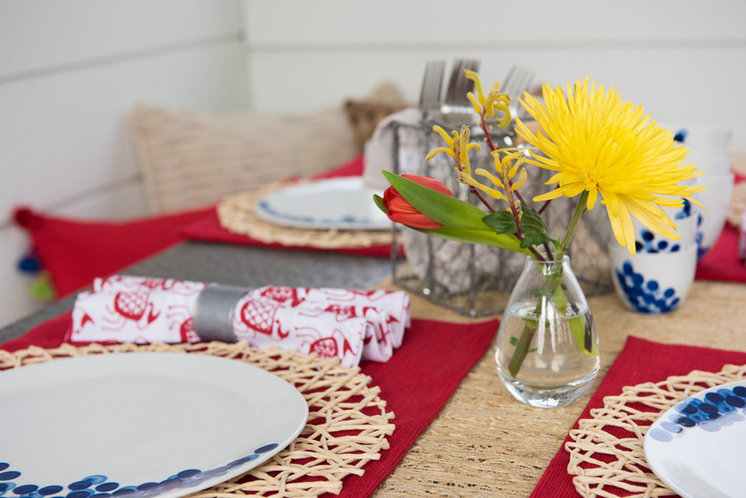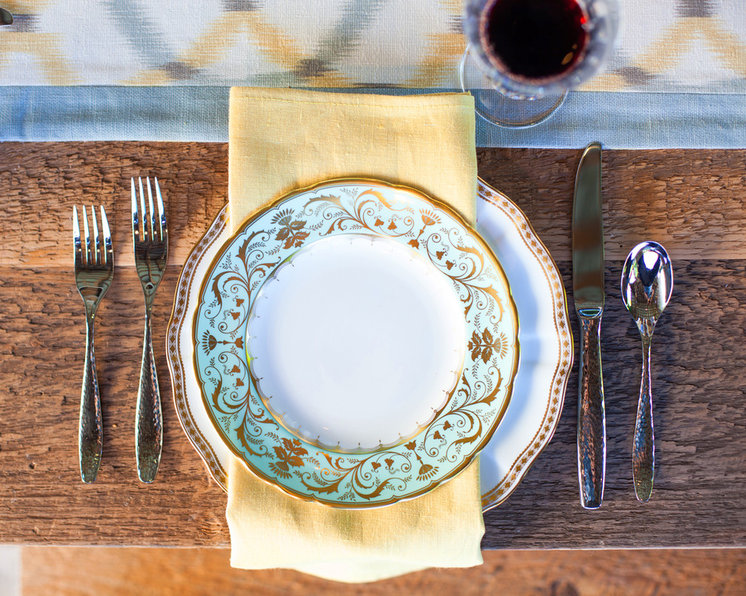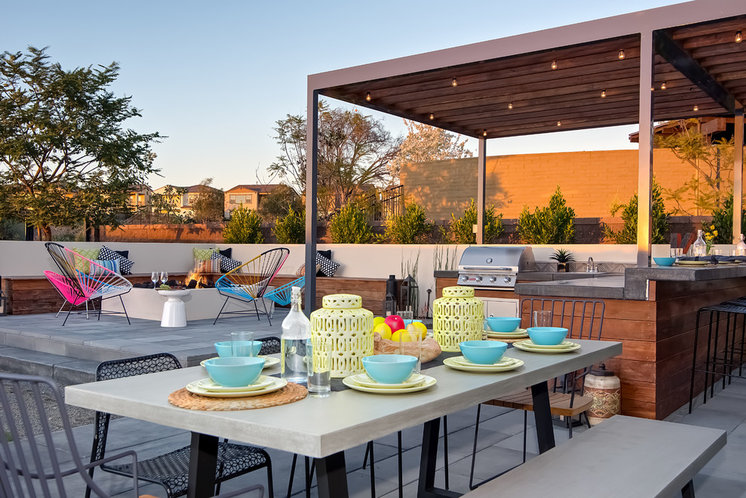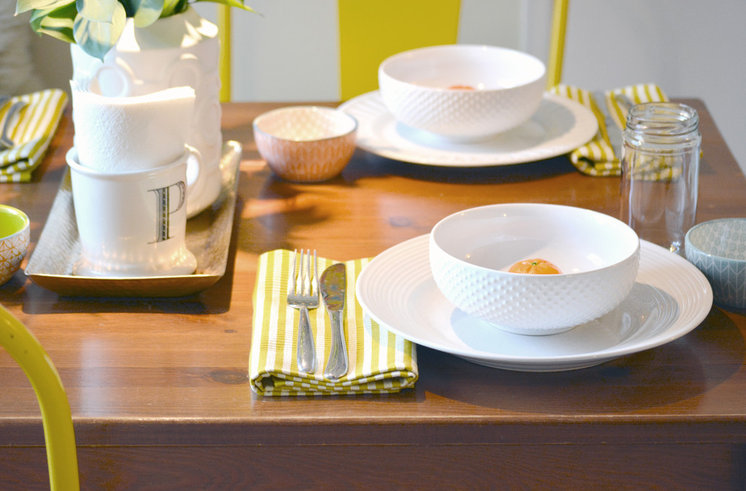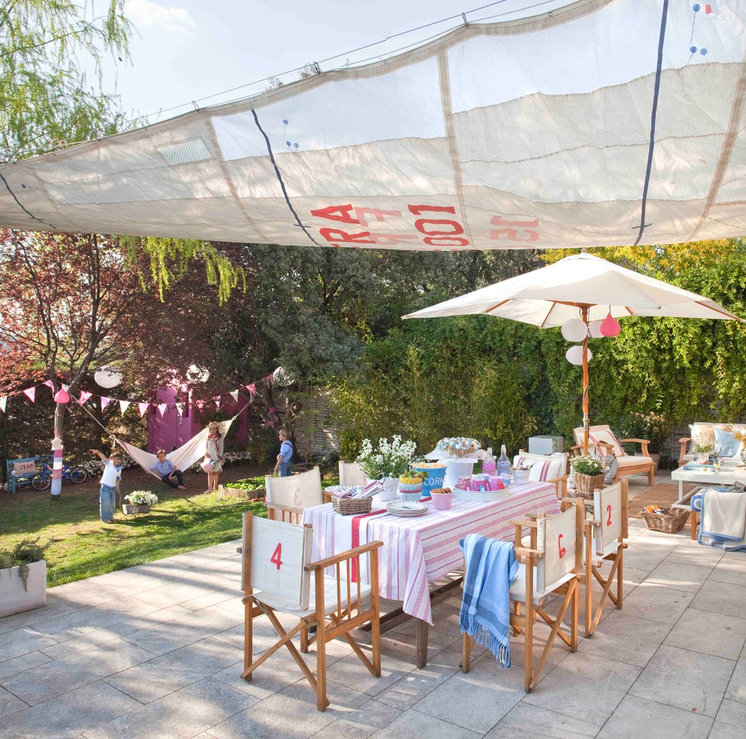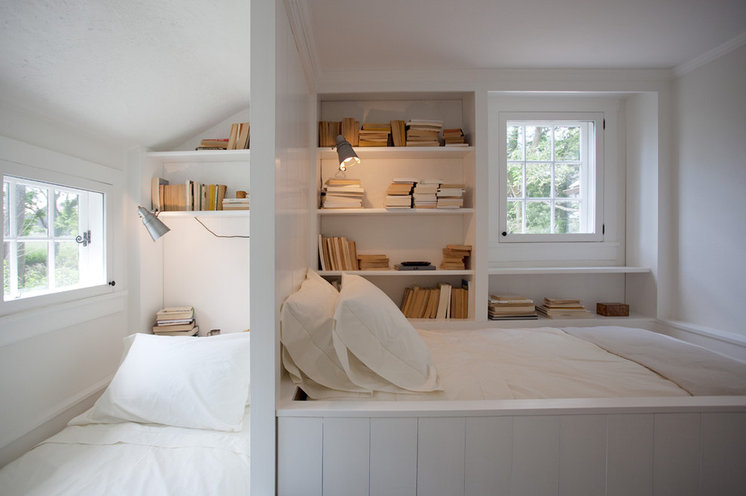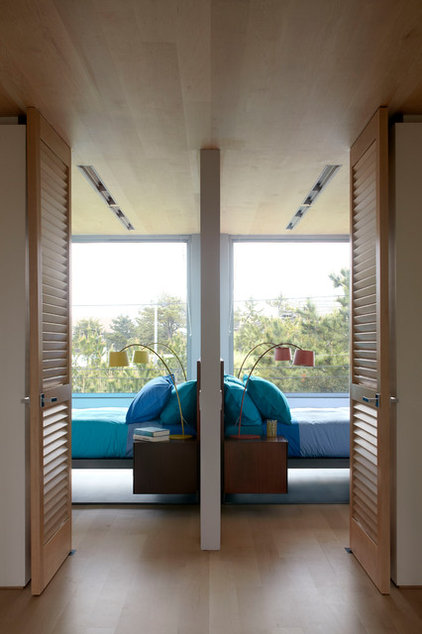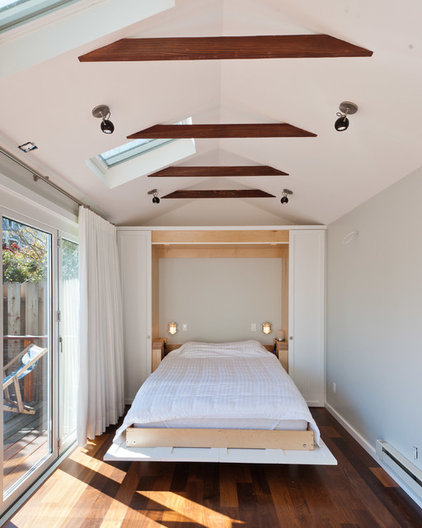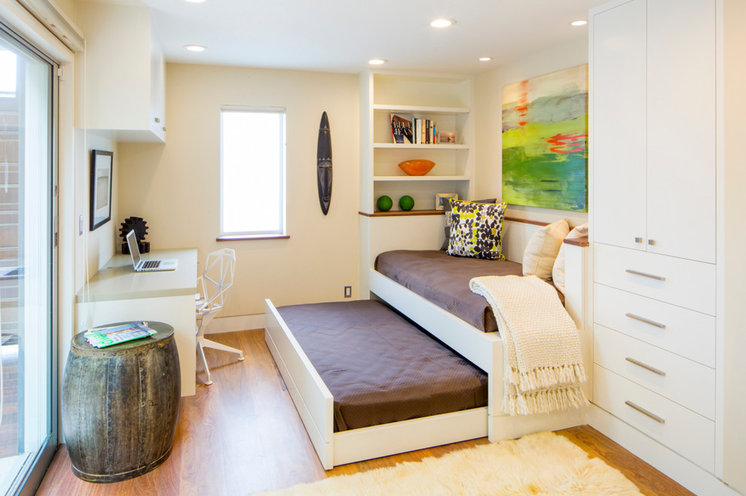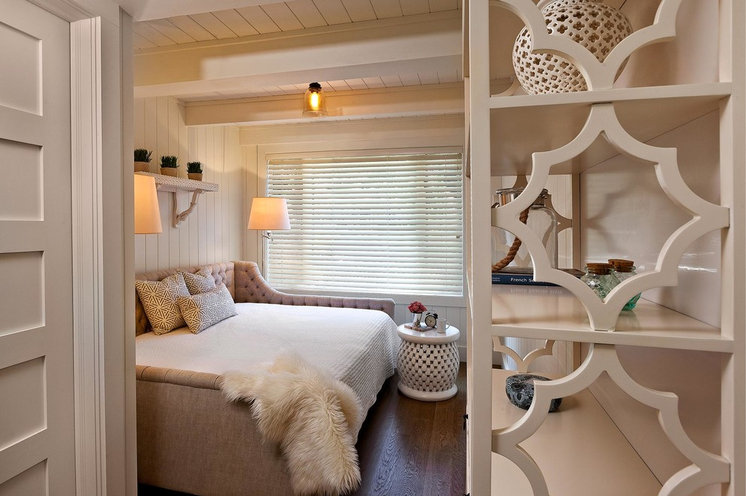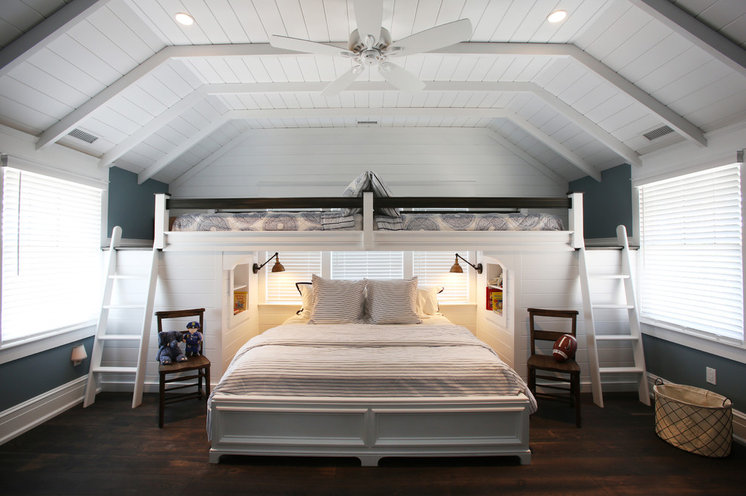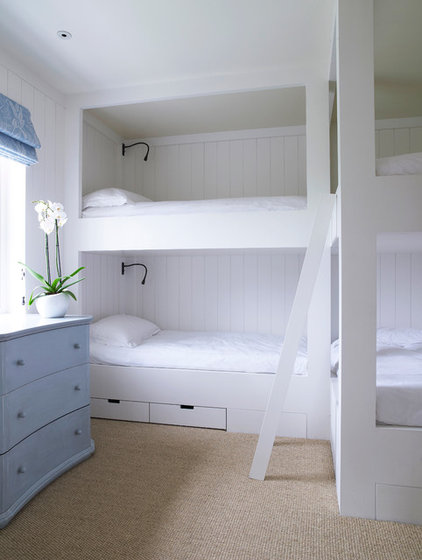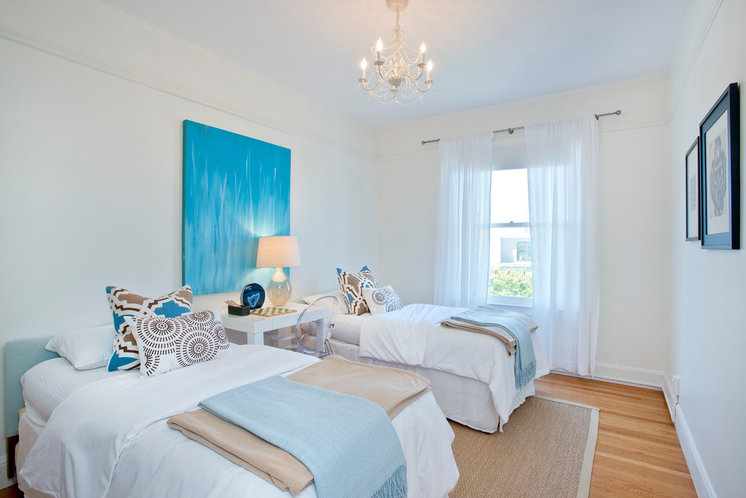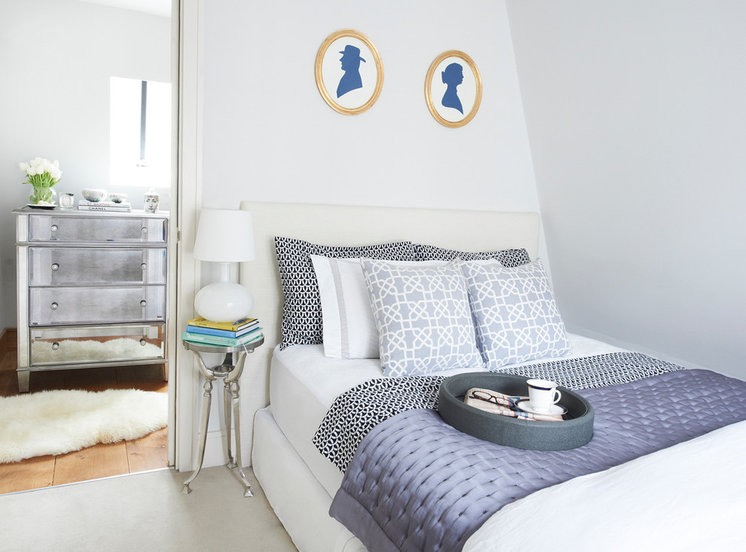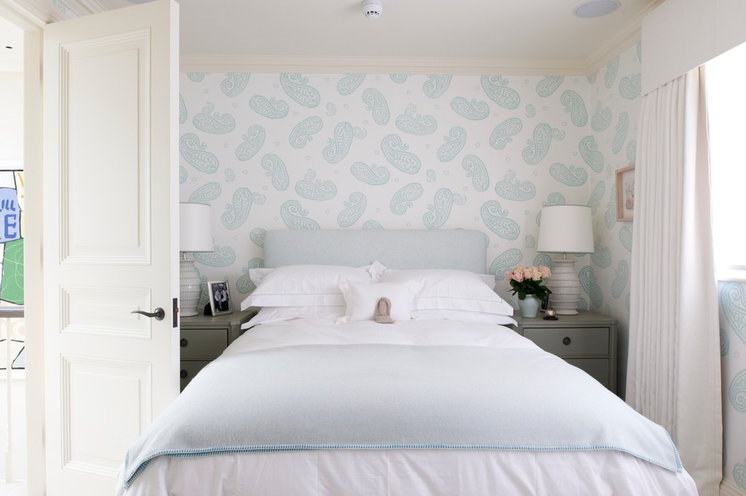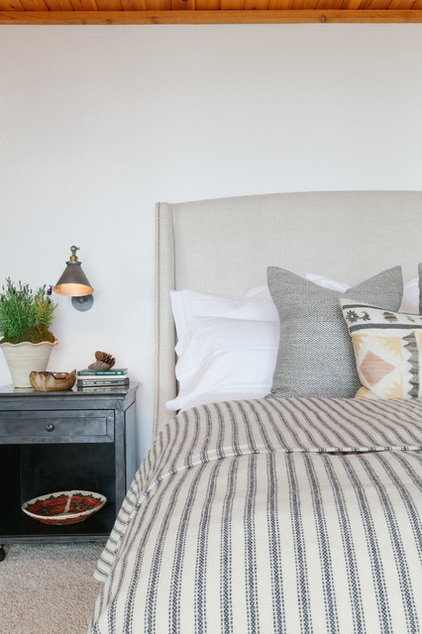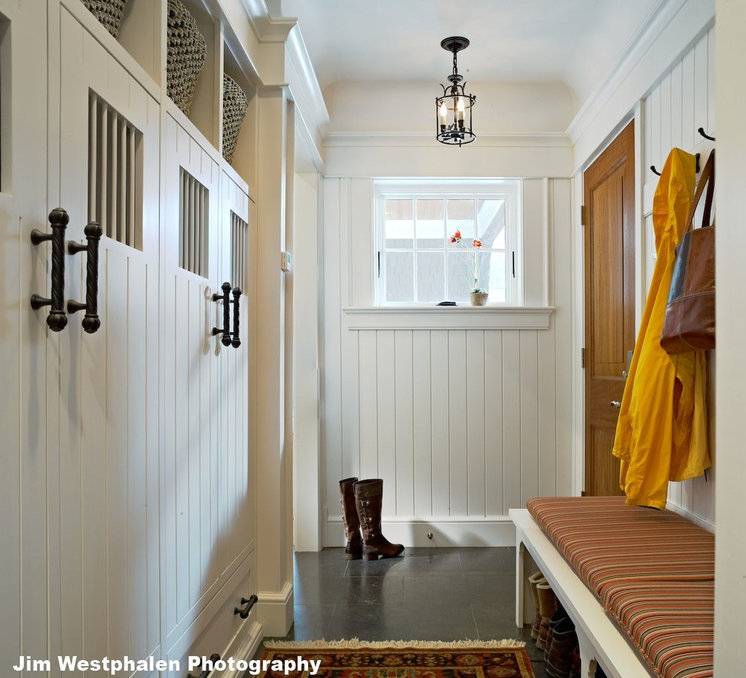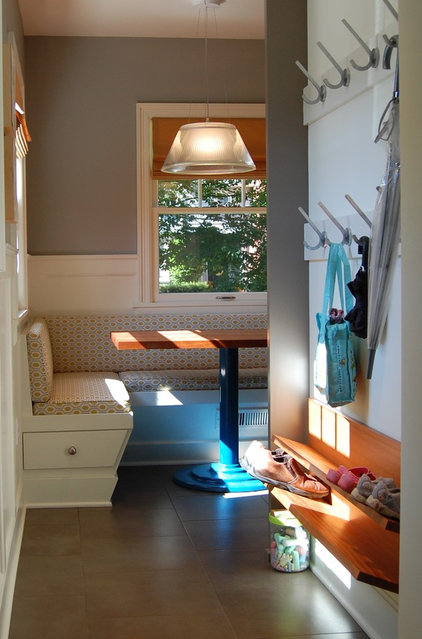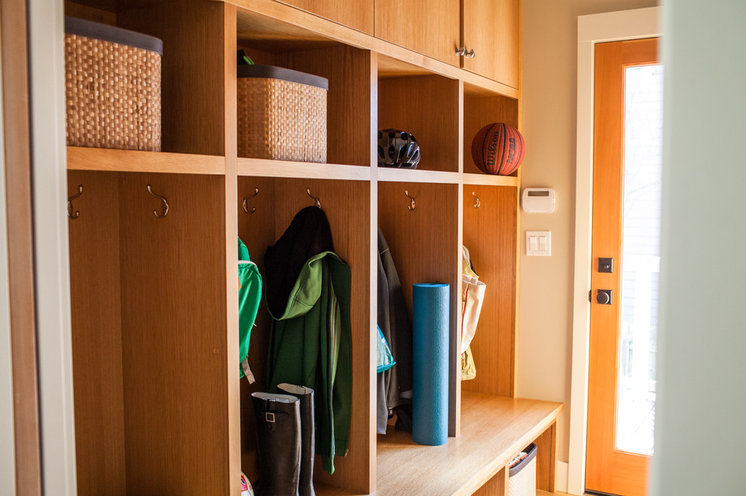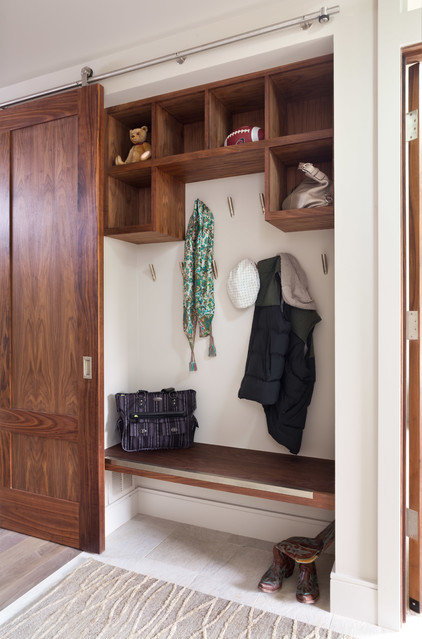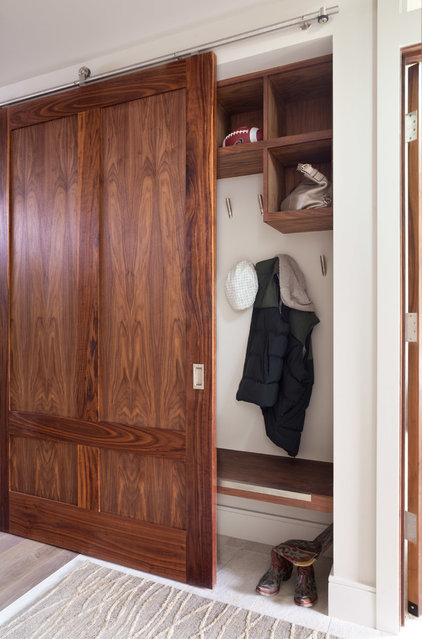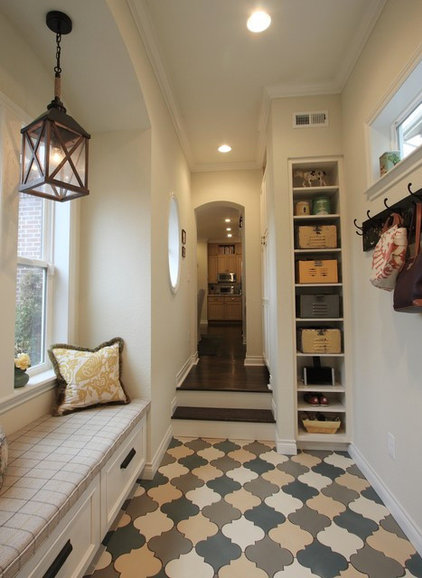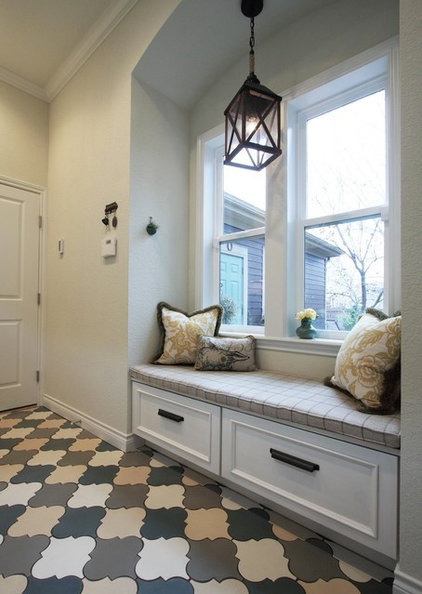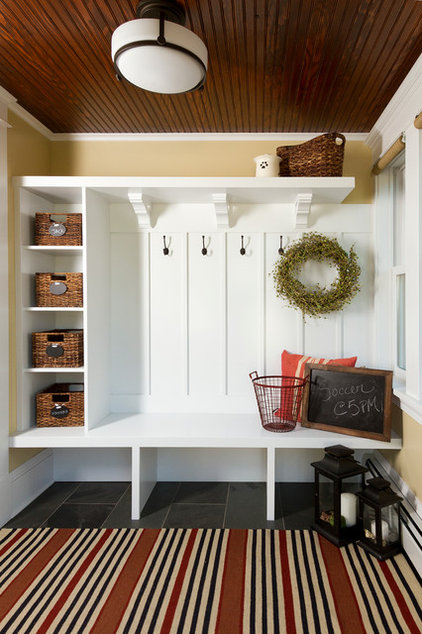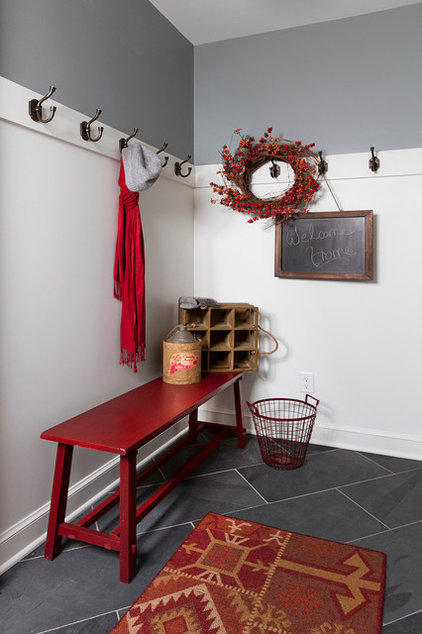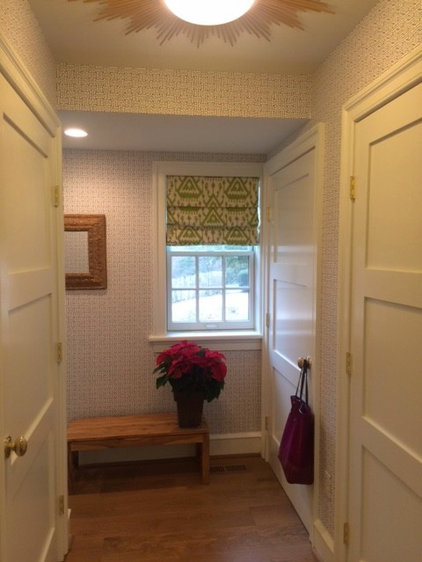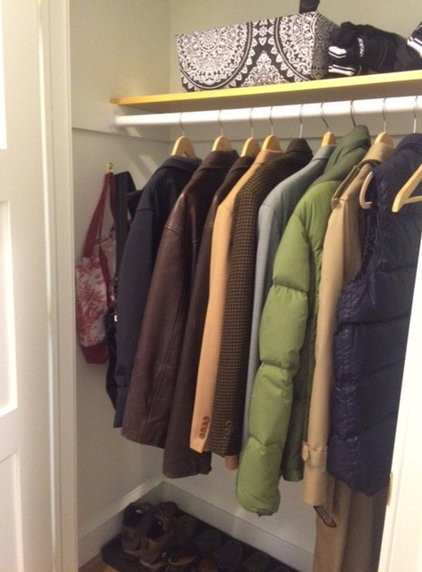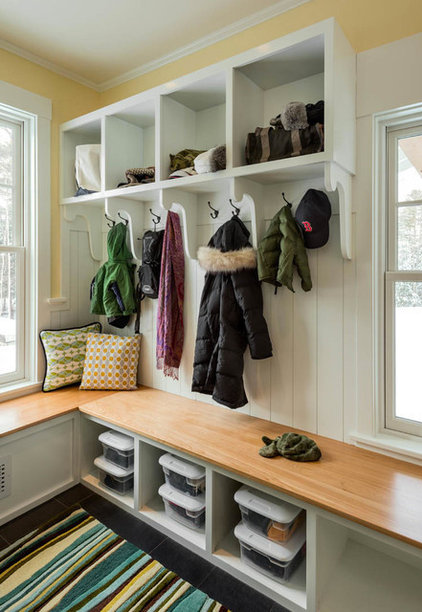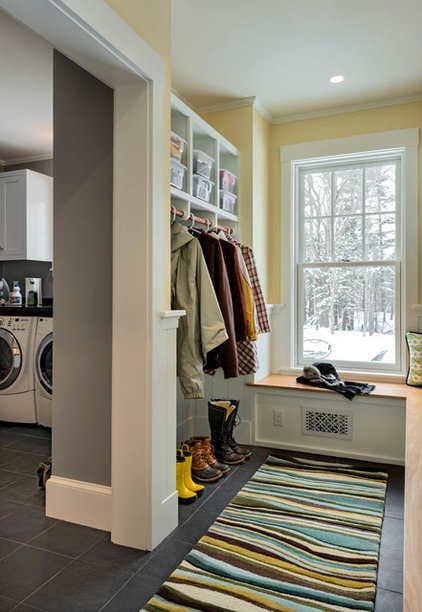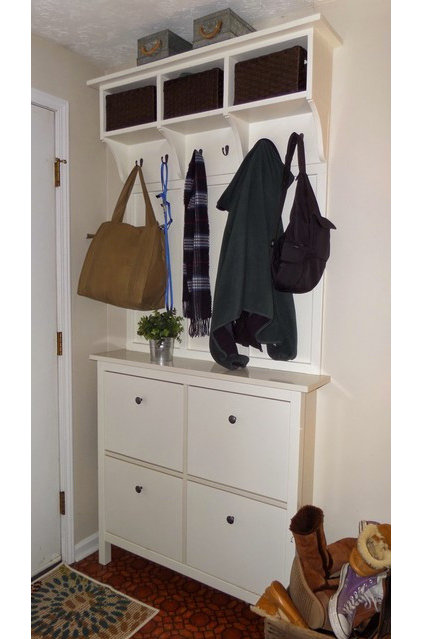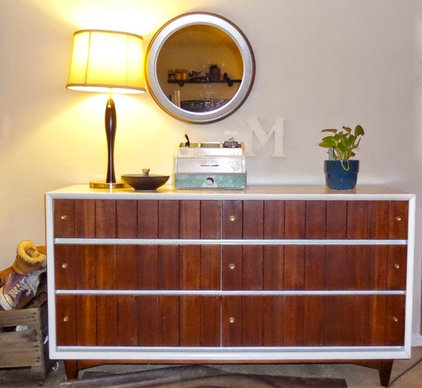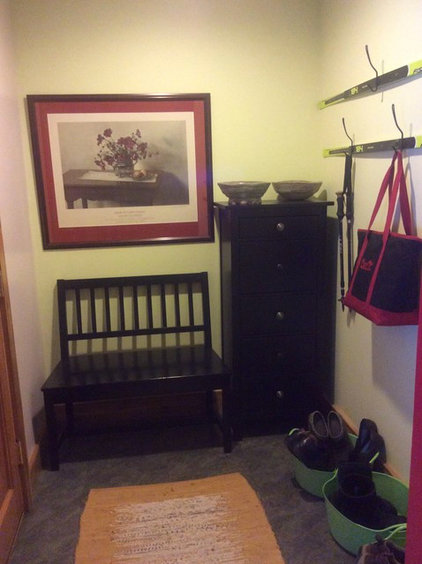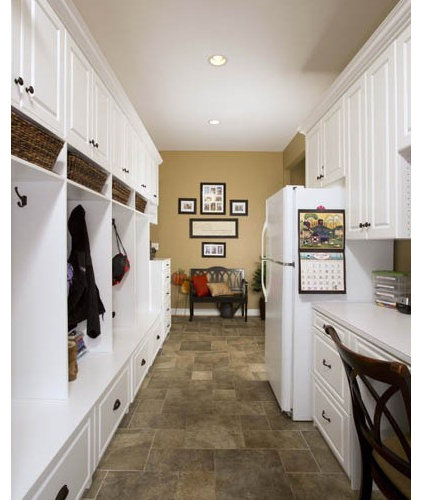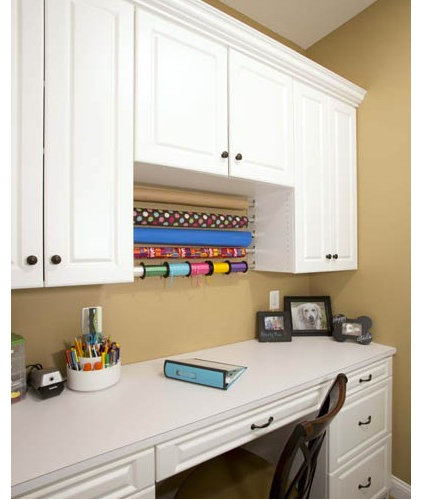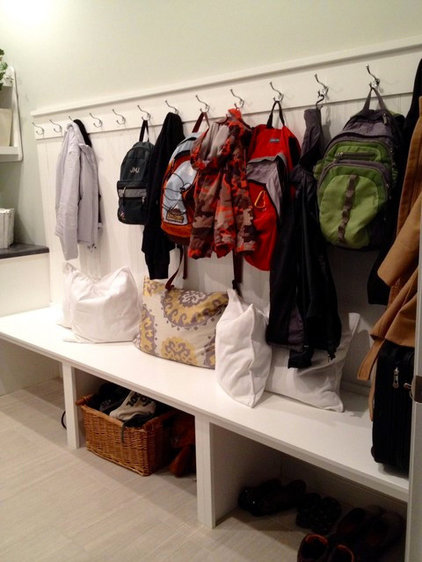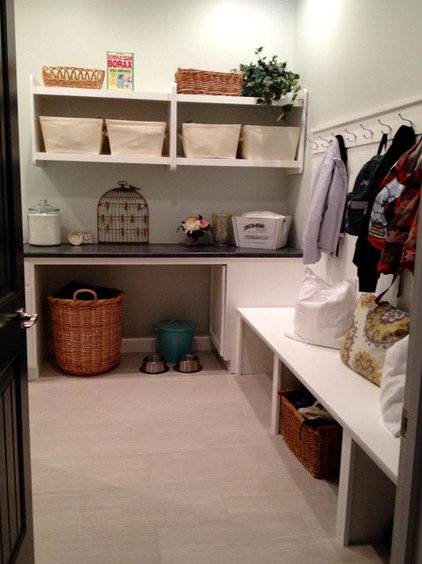Tag Archives: Clutter
Guide to Selling Your Home and Moving
Tip: If you need to get a lot of furniture and accessories out of your home while it’s on the market, consider renting a storage unit. It could be worth the expense it if it helps your house show better and sell faster.
Tip: Always ask yourself if you can you find a less expensive fix before committing to a big-ticket item. Can you repaint the cabinets rather than replace them? Clean and polish the wood floors instead of refinishing?
More: Fix It or Not? What to Ask When Prepping Your Home for Sale
Tip: Don’t forget the garage door. If your garage is positioned near the front of your home, any flaws in this area can detract from the overall impression.
More:
10 Low-Cost Tweaks to Help Your Home Sell
10 Ways to Boost Your Home’s Resale Value
Tip: Don’t forget to stage the outdoor areas, too. A shined-up stainless steel grill and a hammock in the backyard help potential buyers imagine enjoying summer weekends hosting barbecues and relaxing.
More:
Sell Your Home Fast: 21 Staging Tips
How to Stage Your Kitchen for a Home Sale
10 Tricks to Help Your Bathroom Sell Your House
Tip: The more flooring that can be seen, the larger the room will appear, so consider removing area rugs before having photos taken.
Tip: For your own security and peace of mind, remember to shut down and password-protect all your computers, and hide small valuables.
More:
Tips for Moving Into a Smaller Space
Downsizing Help: Choosing What Furniture to Leave Behind
More: Home-Buying Checklist: 20 Things to Consider Beyond the Inspection
Tip: Keep a master packing list. Number each box as you pack it and mark the number on all four sides. Instead of listing the contents on each box, write down what’s in each numbered box on your master list. Make things even clearer by color coding boxes with basic label stickers to indicate which room they should go to in the new place.
Tip: Double check that your pets’ tags have the new address and your cell phone number on them.
More:
7 Things to Do Before You Move Into a New House
Relocating? Here’s How to Make Moving In a Breeze
How to Have More Fun with Your Decorating
You can take this playfulness onto other surfaces, such as mantelpieces, shelving and dining tables too.
Create your own 3D feature wall from old cameras, musical instruments, hats — just make it something you’re committed to collecting and that you will actually enjoy looking at day after day.
Your Guide to an Organized Home
Getting started: Get in the habit of opening your mail as soon as you walk in the door, while standing over the recycling bin. At the end of each day, put away anything sitting around in the entry that doesn’t belong.
Get the 7-day plan
Getting started: Start fresh by deep cleaning your kitchen, including those hidden spots that get missed in a quick weekly clean, and organize your cooking tools for smoother meal prep. Take everything out of the fridge and freezer, one shelf at a time, and toss anything that has gone bad or that you know you won’t eat. There is no reason to let that salad dressing you tried and hated sit there for another year.
Getting started:
- Remove anything that belongs in another room: shopping bags waiting to be unpacked, library books that need to be returned, kids’ toys, piles of mail, laptops — whatever you’ve got.
- Completely clear the stuff off the dining table, floors and other surfaces. Most decor can stay (for now), but if it has a home in another room, out it goes.
Getting started: If you have a good vacuum with attachments, that’s the fastest and easiest way to banish dust in the living room. There’s no denying this is a lot of work, so consider this your official excuse to skip the gym today.
- Vacuum the room from top to bottom, starting with cobwebs on the ceiling and working your way down to the floor.
- Window treatments like blinds and shades can be vacuumed using an attachment.
- If your curtains are washable, take them down and toss them in the wash on the gentlest cycle.
- Vacuum or dust light fixtures, the tops of bookcases, picture frames and the mantel.
Getting started: Streamline the wardrobe. Take everything out of your closet and drawers. Assess each item by looking it over for damage and trying it on. Put clothes that no longer fit or that you do not like in a pile to give away or sell. Put out-of-season clothes and accessories in a separate pile for storage. Put clothes you love that need alterations or repairs in a tote bag to bring to the dry cleaner.
Getting started: Work your way through your medicine cabinet shelf by shelf and examine each product. Toss out anything expired as well as products you no longer use or that you’ve tried and don’t like. Just because you paid money for something doesn’t mean you have to pay again by giving up precious space for it. Don’t get caught up in organizing just yet; focus on purging.
Getting started:
- Remove clothes and shoes your child has outgrown and set them aside to give away, sell or store.
- Remove toys that are broken or have missing pieces and can’t be fixed.
- Remove toys that your child has outgrown and decide whether to store, give away or sell them.
- If your child has a lot of very similar toys, remove enough so that what’s left can be easily stored and enjoyed.
Getting started:
- Pull every (nonpaper) item out of your desk and office storage and sort it into piles, placing like with like —for instance, all letter writing supplies in one pile; everything computer related in another.
- Now take a closer look at those piles, removing unneeded duplicates (do you really need three staplers?) and anything that doesn’t belong in your office.
Getting started:
- Use a damp sponge or microfiber cloth to clean the exterior and inside the lid of your washer, paying special attention to rubber seals.
- If your washer has a lint trap or removable detergent dispensers, take them out and clean them with warm, soapy water in the sink. If not, use cotton swabs to get the gunk and grime from the corners.
- Pour a cup or two of white vinegar in the washer and run it on the hottest setting, without any clothes in it.
Getting started: Take a moment to set up several areas for hazardous waste, garbage, recycling, things to donate, things to sell and things to keep. Rent a Dumpster if you need it, but keep in mind that you should be able to recycle, donate or sell most of what you no longer want or need.
Once you have your zones in place, begin pulling things out of your garage and sorting them. (Don’t try to sort stuff in your garage — you won’t be able to really clean or organize your garage if you try to sort it in place.)
A Pantry Rescued by Lazy Susans
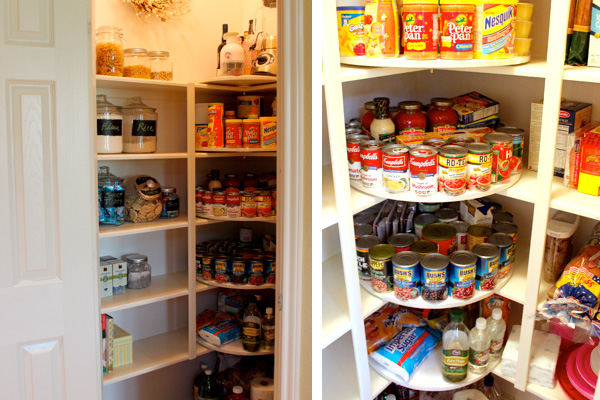
Decorchick used carousels to organize her pantry and increase storage capacity. All images in this post: Decorchick
Decorchick’s pantry remodel features six lazy-Susan “carousels” that transformed her food closet from frenzied to fantastic.
“They’re the best idea ever,” says Emily, aka Decorchick. “I knew the carousels would be great. They make the pantry more organized, and that’s just what I wanted.”
Emily’s “before” pantry was a riot of cereal boxes, peanut butter jars, baking goods, aluminum foil, and assorted canned goods. Items disappeared into the deep recesses of the corner cabinet, rarely to be seen again. And the pantry floor was a mess of onion sacks, cleaning tools, and supplies.
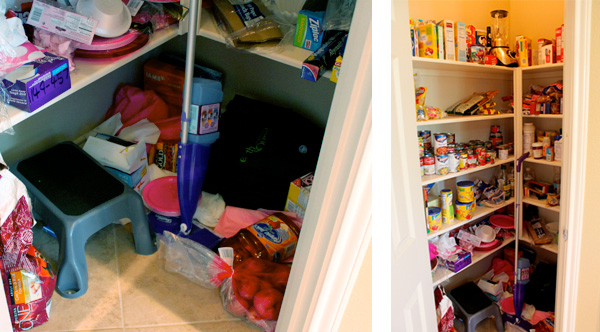
“It was a wreck,” Emily says.
Luckily, Emily’s dad, an engineer who does woodworking as a hobby, was experimenting with making lazy Susans. A pantry solution, it seems, would be a turn of fate. Actually, six turns.
Emily and Dad installed the six homemade, 20-inch diameter lazy Susans into the center of the pantry shelves. Now, stuff that had been hard to reach is always within grasp. The carousels have been loaded with pantry items for two years, and they’re still in perfect condition.
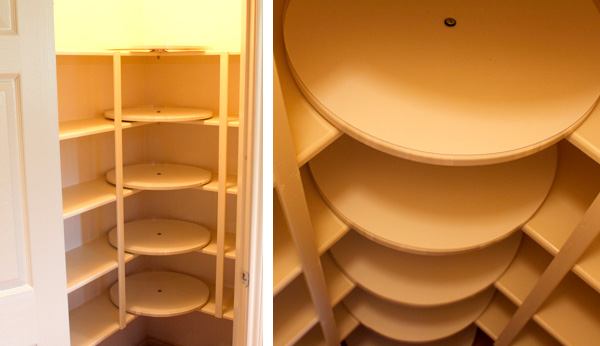
Pretty as a Pantry
Emily wanted her pantry to look as good as it operated. Here’s how she further upgraded the space:
- Lined the walls with paintable, faux beadboard wallpaper — fantastic! ($20 for 56 square feet)
- Touched up shelves with paint.
- Transferred baking and dried goods into big glass canisters, mason jars, and plastic containers ($2 to $9).
- Identified canisters with vinyl labels ($9) marked with erasable chalk pens.
- Spruced up the way-high space under the pantry’s 9-foot ceiling with a cheery wreath she bought at a resale shop. So why not?
Now, Emily’s pantry is a joy to behold.
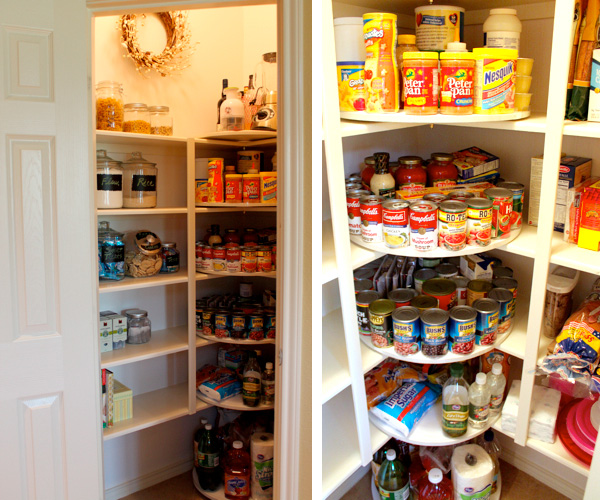
“I wanted to get a glass door, so I could see into the pantry,” she says. “It’s just so pretty.”
Read more: http://www.houselogic.com/blog/kitchens/organization-pantry/#ixzz3hkZMokqw
Follow us: @HouseLogic on Twitter | HouseLogic on Facebook
Beautifully Styled Home Bars
“Having a Home Bar isn’t a ‘Must Have’, but it is a ‘Nice to Have’. If you’ve ever thought about having one, just scroll through these pictures and get inspired to have a party!”
Denise Buck & Ed Johnson – DC Metro Realty Team
A bar definitely isn’t an essential in any home, but it’s most certainly a great addition – both aesthetically and functionally. And the great thing about it is it can be as in-your-face or unassuming as you like.
You don’t need much cash to splash either; some of the most chic bars around are made from upcycled items or repurposed Ikea furniture. Buying the alcohol to fill it will be the main expense involved.
From gorgeous gold bar carts to industrial drinks cabinets, get inspired with these genius ideas…
[Photos: Pinterest]
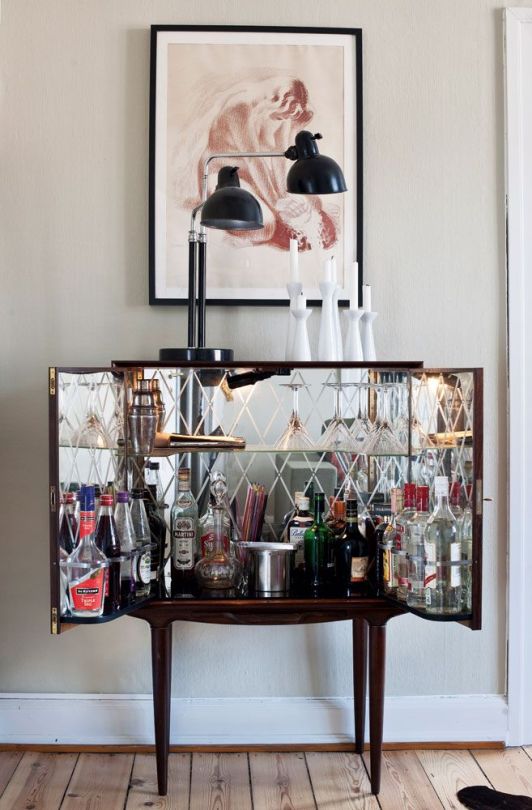
The Retro Drinks Cabinet
This vintage cabinet wouldn’t look out of place in Carrie Bradshaw’s apartment and will slot into almost any style of home seamlessly. It won’t take up much space, either, and fits a fair amount of booze in it.
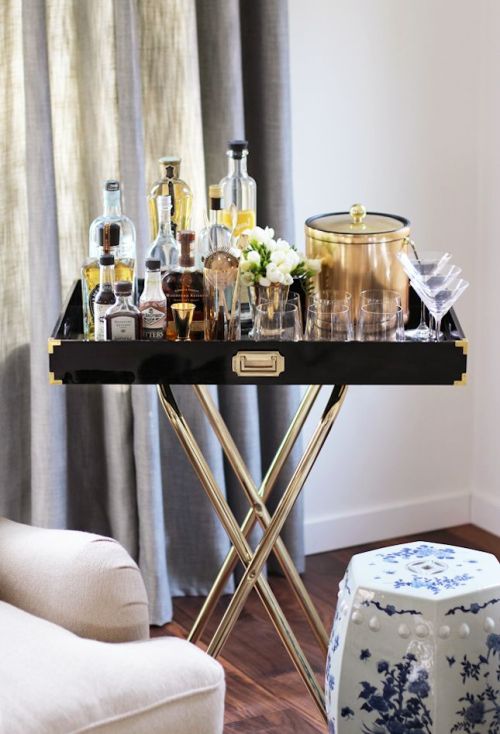
The Tray Stand Bar
If space is limited, this is the bar for you. Perfect for positioning beside the sofa or in the corner of the kitchen when friends are over for dinner, it’s beautifully styled and gender neutral to boot.
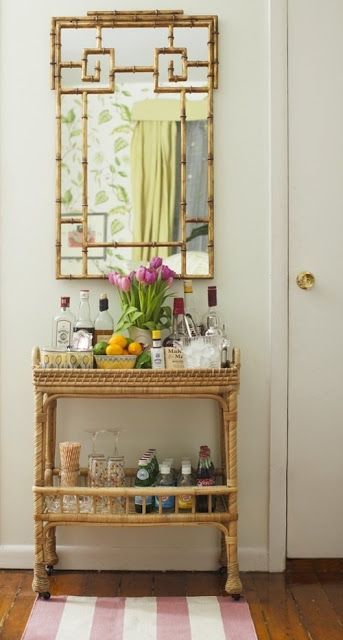
The Beach Bar Cart
If nautical style’s your bag, this wicker bar cart is a must. We love the fact that it’s on wheels, so can be scooted to whichever room the party’s in.
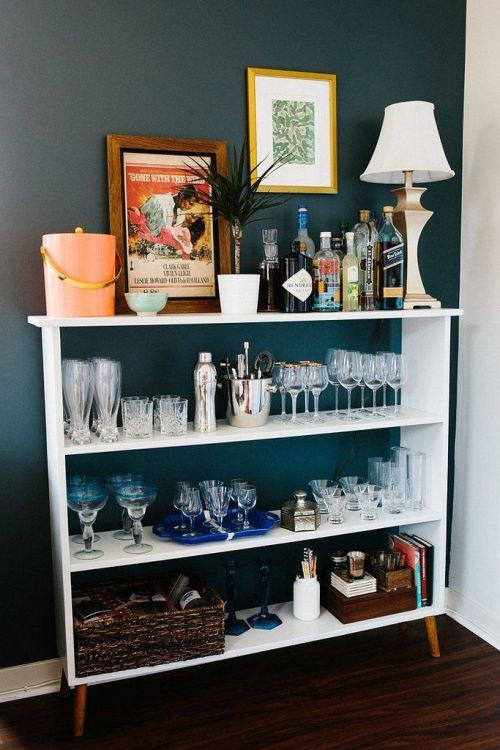
The Bookcase Bar
Got an old, unused bookcase lying around? Give it a second lease of life by transforming it into a home for your glass – and alcohol – collection.
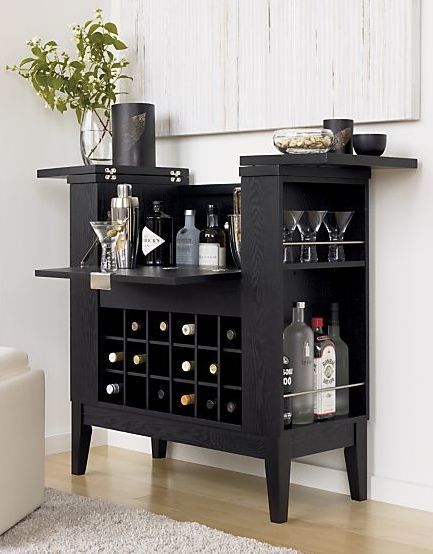
The Bachelor Bar
This stained wood bar screams style and would certainly be great for entertaining. We love how it all folds away so neatly at the end of a wild night in, too.
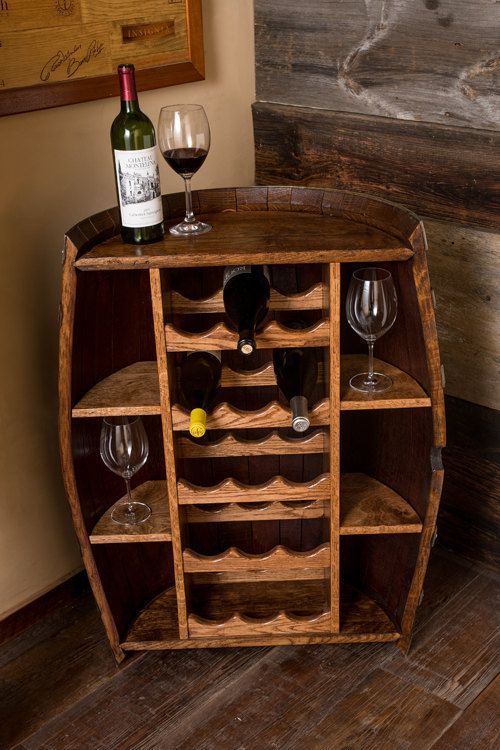
The Wine Barrel Bar
If you love nothing more than salvaging rustic furniture and drinking good wine, you need this bar in your life. Granted, it may be a little tricky to put together on a small budget (does anyone know where you can pick up old barrels?!) but if your pockets are a little deeper you can splurge on this one on Etsy.
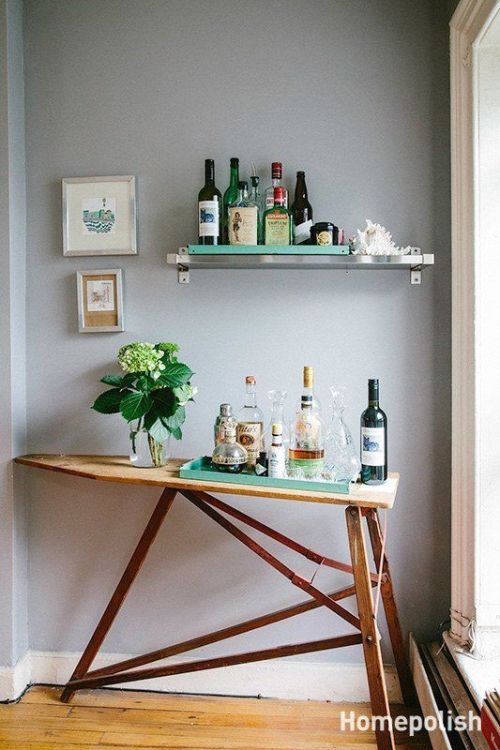
The Ironing Board Bar
This proves that you literally can create a bar out of any old item in your home – and how great does it look? Perfect for slightly kooky homeowners that like to think outside the box.
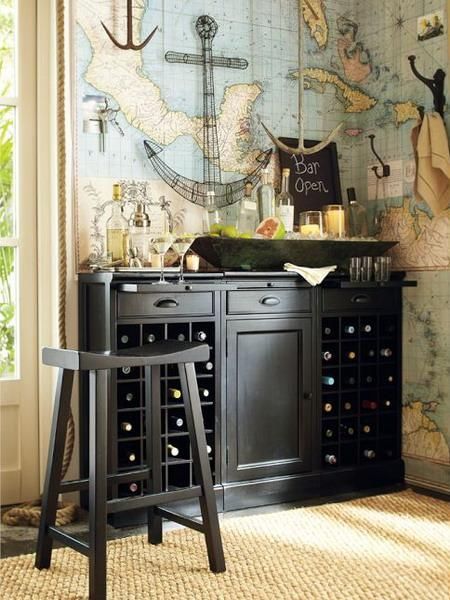
The Sideboard Bar
Sideboards were all the rage in the past, but appear to have gone out of fashion now. Nonetheless, they still make the ideal bar as most boast plenty of room to house all of your boozing equipment.
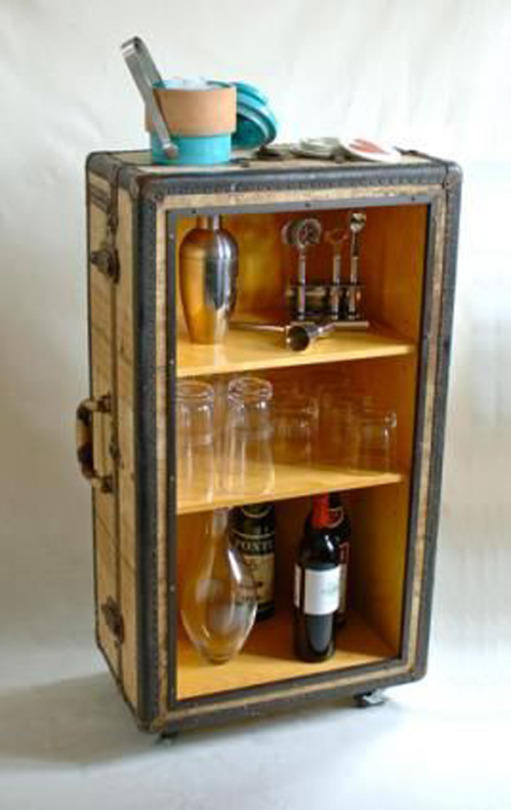
The Suitcase Bar
This would make a fantastic present for a friend – or just a darn cool bar for yourself. Granted, it wouldn’t fit a whole lot of alcohol in it, but it’s great for those of you who just enjoy the odd glass of the strong stuff.
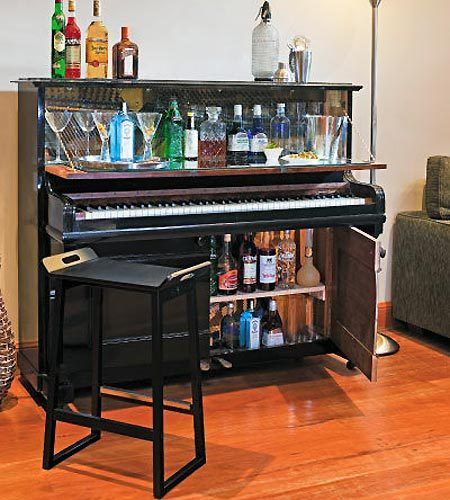
The Piano Bar
The bar of ever music lover’s dreams, this definitely has the wow factor. Of course it does mean that you can’t practice Chopsticks (or more likely the Rugrats theme tune) anymore. But you’ve got an epic bar, so who cares!
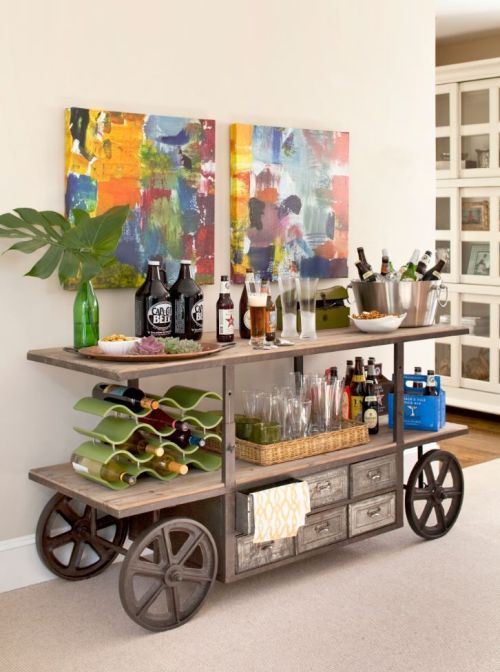
The Ultimate Bar Cart
If you’ve got space to fill, a bar cart this huge wouldn’t be overkill by any stretch. It puts every dinky bar cart to shame.
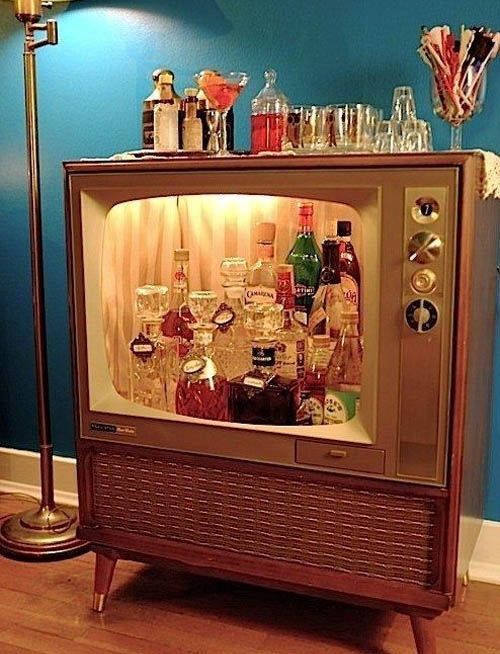
The TV Bar
Seriously, could things get any more ‘Mad Men’? We’ll take a dry Martini, please.
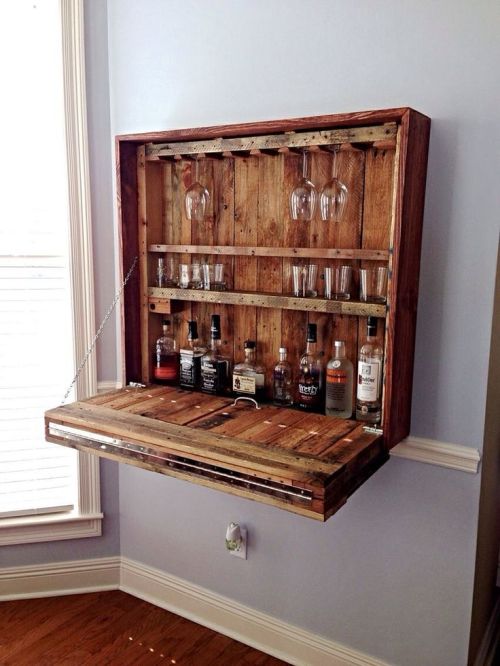
The Foldaway Bar
Wall-mountable, this bar would squeeze into even the smallest of houses. The definition of ‘neat’.
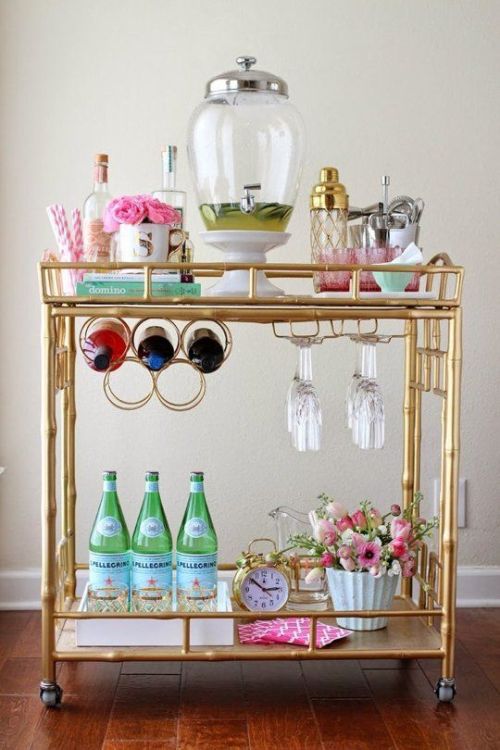
The Oh-So-Chic Cocktail Trolley
Every girl’s gold-coated dream, the styling on this cockatil cart is what makes it. From the gold-topped cocktail shaker to the two-tone straws, it screams “YOU WANT ME”. And we do. We really do.
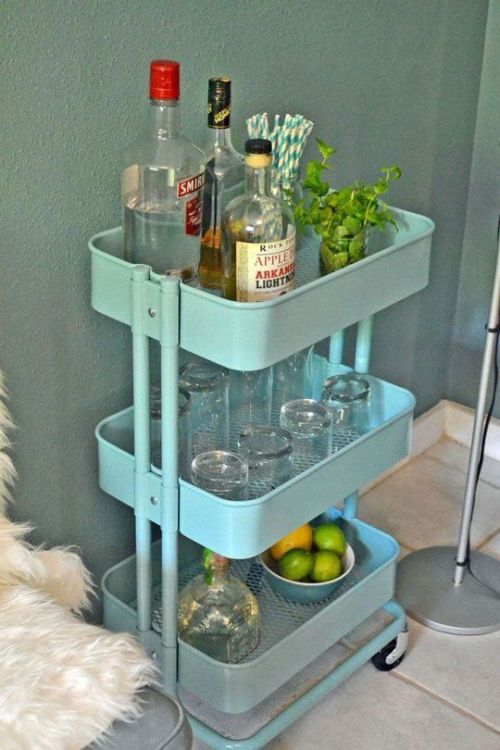
The Bar Trolley
You’ll probably recognise this Ikea three-tier caddy. But forget about using it as bathroom storage or as a bedside table, it makes an epic bar.
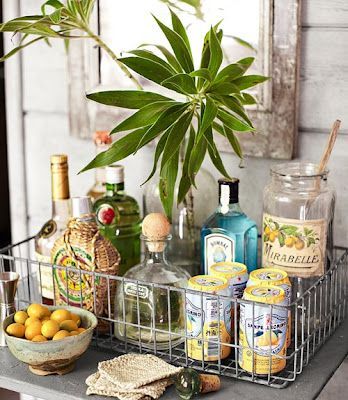
The Basket Bar
There’s something so chic and oh-so-Anthropologie about this wire basket bar. Love. It.
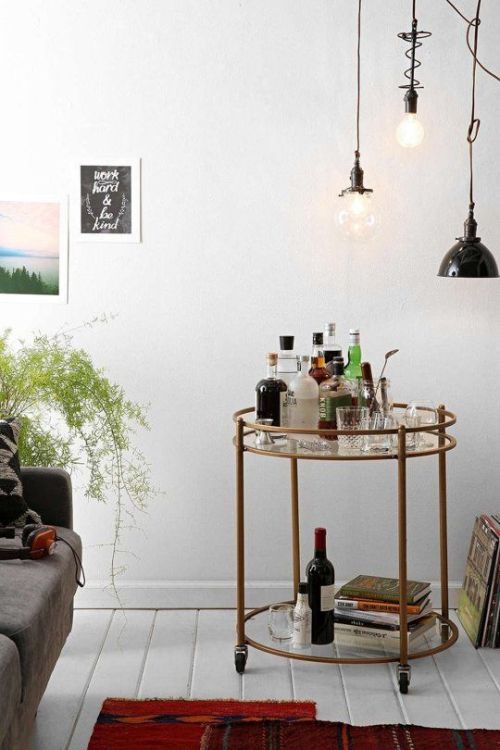
The Minimalist Bar
If your house is pretty simple and you’re after a bar that slots right in without shouting it’s arrived, go for a classic style like this. It’s unfussy – but still stylish.
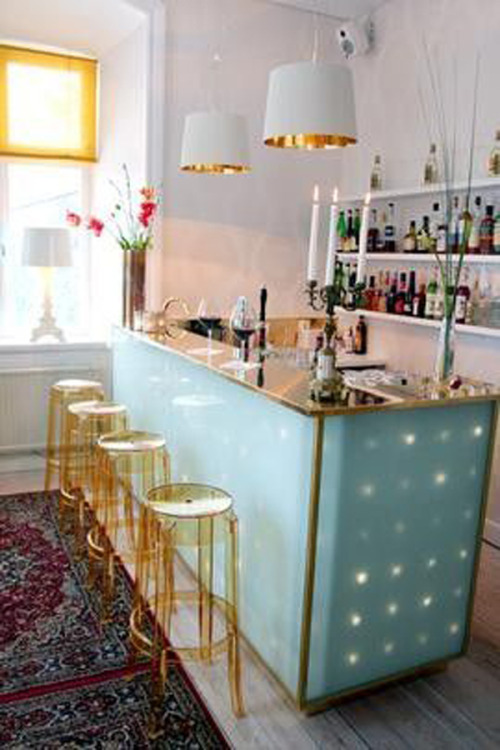
The All-Out Bar
Party animals, say hello to your new must-have furniture buy. Complete with in-built lights, bar stools and oodles of space for every type of mixer and spirit you can imagine, it’s definitely waiting for the party to start.
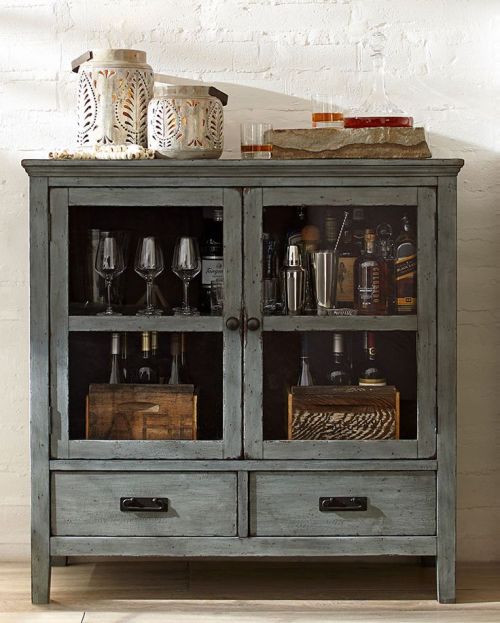
The Rustic Drinks Cabinet
This would look perfect in a French farmhouse style dining room – it’s definitely got that rustic appeal.
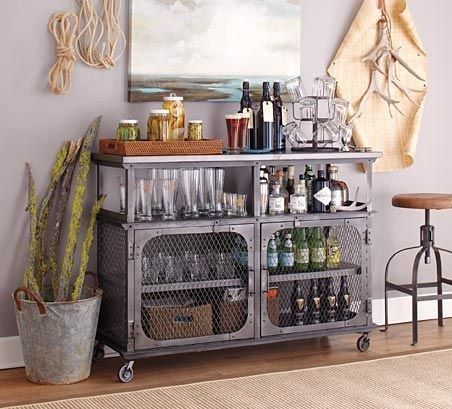
The Industrial Bar
Industrial furniture’s all the rage – hence why it’s used in so many restaurants and bars. And this metal drinks cabinet shows that it doesn’t have to look out of place in a home filled with soft colours and furnishings.
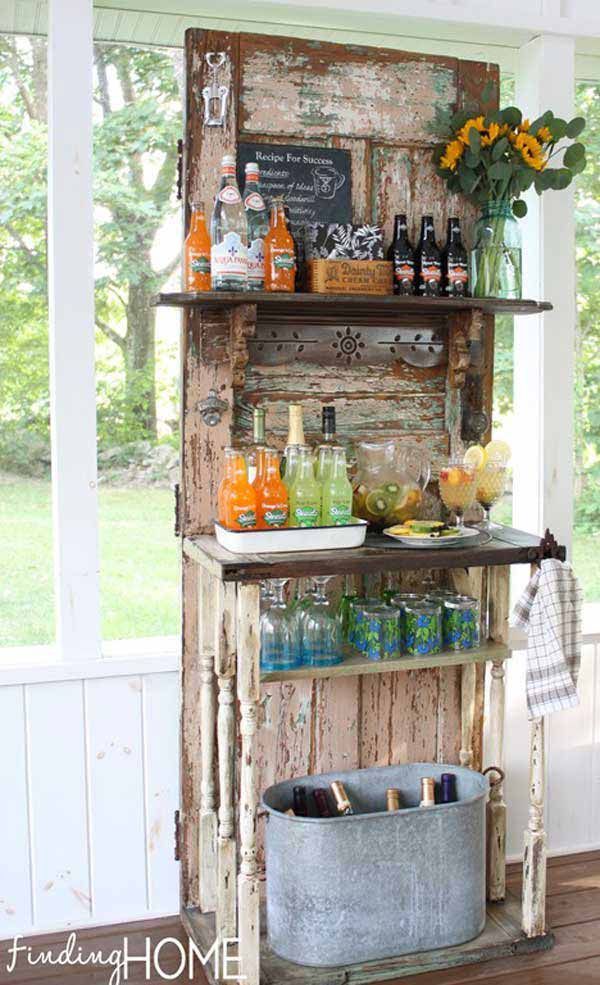
The Repurposed Door Bar
It used to be a door, and now it’s a bar. So simple, yet so effective.
Originally Published on Tumbler by Alison Coldridge
How to Set a Table
So you’ve got the space, you’ve nailed the recipes, your guests are on their way — now set the table!
But how?
As Houzz contributor Rikki Snyder says, “When in doubt, refer to the old-fashioned way.” So we’ve come up with a few easy guidelines, tips and tricks from our pros to help Houzz home cooks and party planners do it right.
Regardless of whether you are using placemats, each place setting should be centered to each seat at the table. There should be about 24 to 30 inches of space between place settings, or about 18 inches between seated guests, to avoid any elbow rubbing.
Silverware. As seen in the photo above, the forks are to be placed on the left side, and the knife (with blade side pointing inward) and spoon on the right. Becky Kubecka, author of the life and style blog This Is Happiness, has a handy trick she learned when she was a kid and continues to use to this day: “‘Left’ is a four-letter word, and so is ‘fork,’ so the left side of my plate is where my fork is placed. ‘Right’ is a five-letter word, and so is ‘knife’ and ‘spoon,’ so they sit on the right side of my plate.”
The movie Titanic taught us well with the line, “Work from the outside in” regarding the crazy amount of silverware we sometimes find in fine-dining restaurants. This rule applies to home dining as well. If you’re serving a salad, the salad fork goes on the outermost left side. If salad is not a starter, the smaller fork can be eliminated or placed on the inside, if needed, for dessert. The same goes for the spoon on the right: If guests will be using it early in the meal, it will go to the right of the knife; if it will be used only for coffee and dessert, place it to the left of the knife.
Think of it this way: It’s a lot easier for guests to grab the utensils they’ll need immediately as well as for you to clear the table as the meal service progresses.
Glassware. Whether you serve water, wine or a cocktail, your glassware of choice should be placed just above the knife on the top-right side of each place setting. Jennifer Grey of Jennifer Grey Interiors, who prefers to host buffets, recommends having an extra set of glassware wherever your drink station is located, in addition to those at the dinner table. “People won’t eat or drink unless they know they can,” she says, so when your guests arrive, those glasses will indicate that the bar is open. When they sit down to dinner, they’ll have a clean glass if needed.
Alright, you’ve got your flatware and glassware sorted out, but what’s the deal with the stacks of plates and bowls? Multiple pieces of dishware aren’t always necessary, but depending on what you’re serving and how, you may need to know a few tips.
This time we’re working from the top down. Summer weather isn’t necessarily soup weather, but on the off chance you are serving soup (gazpacho, anyone?) or an appetizer that would best be enjoyed from a bowl, the bowl should be placed at the top center of your place setting.
This is also a great place to get creative, according to our pros — who suggest using seasonal fruits and florals to add a decorative element to each place setting. In the summer, Kubecka loves a bright yellow lemon on a white dish, and Grey likes to pull roses or lavender straight from her garden. They both agree that the best decorative pieces come from what’s already around, so look to your home and garden for season-specific inspiration.
Underneath the bowl, or in its stead, is the salad plate. If you’re not serving a salad, or the salad is part of the main dish, you can eliminate this layer. Last, if your meal is to be served family or buffet style, like at most informal summer get-togethers, the large bottom plate is your main course plate.
You’ll see different napkin displays in different restaurants, households and photos: in a ring, on the side, folded into abstract origami. So which way is correct?
It’s up to you. If you’re staying simple, a folded napkin can go underneath the forks on the left side or on top of the largest, bottommost plate (in which case, any smaller dishware will be placed on top of the napkin, as in the previous photo). If you’re using a ring, the rolled napkin can be placed either on the left side outside of the forks or in the center of the topmost plate — and the same goes for any artfully folded napkins. However, don’t place a napkin in or on a bowl. Instead, try adding a decorative element like our pros suggest.
We’ve covered all the cut-and-dried rules to setting a table, but here are some extra servings of advice from Houzz professionals.
Snyder tells us that when it comes to tableware, “mixing and matching is really in. Keeping it within the same color scheme creates a pretty palette.”
But when choosing that tableware, Grey says, “even in an informal setting, anything that goes into a guest’s mouth should not be plastic!” This may not be the time to break out your great-grandmother’s fine china, but ditch the plastic party cups and invest in some inexpensive plates, glasses and utensils you’re comfortable sharing with guests. Grey believes in entertaining with all five senses: sight, smell, sound, taste and touch. These last two are affected by the serveware.
Also, even though Grey prefers hosting buffet-style dinner parties, she still creates a place setting, complete with place cards, for each guest at the dinner table. She does this as a courtesy to her guests: They can serve themselves without worrying about forgetting to grab a napkin, juggling their wineglasses or struggling with where to sit amid all the other guests.
Kubecka, on the other hand, favors hosting family-style meals in an intimate setting and advises, “The main thing is to remember to keep things simple, so you can focus on enjoying each other’s company.”
When it comes to table decorations and centerpieces, less is more. Homemade place cards, scented candles or DIY flower arrangements from your garden are all it takes to set the intended mood. Regardless, all our pros agree that it’s best to keep any centerpieces low or remove any major decorations from the dinner table prior to the meal service, so guests can make eye contact, pass plates and avoid any spills.
The most important decorating tip? Kubecka tells us, “Set your table with things you truly love.” If you’re happy and comfortable, your guests will be too.
Guest Rooms that Work
Hardworking space: The guest room.
The challenge: Guest rooms come in all shapes and sizes, and there are just as many options for guest beds. Whether you frequently host groups of family and friends, or rarely have overnight guests, these tips will help you choose the right bed and layout for your space.
Good to know: Sometimes rethinking your space will help you discover new solutions — like subdividing a guest room into two smaller spaces.
Why: If you have a single guest room but wish you were able to accommodate another guest, dividing the room in two can be a smart way to sneak in more sleeping space.
How: To transform your guest room into guest rooms, you may need to add a non-load-bearing wall. Hire a contractor to do the work. If you want to add electrical work (outlets, light switches) to the new wall, you may need permits. If no electrical work is involved, homeowners with some building experience may be able to tackle this project themselves.
Layout tips: In a smaller space, a centrally positioned wall may not allow enough room for a bed on each side. In that case a wall positioned off center (as shown here) may allow you to place a twin bed on one side and a larger bed on the other.
Also consider whether a partial wall will do (so the two spaces can share a door) or if you want to fully divide the space, which would mean adding or repositioning doors (also adding to the cost).
If any electrical work is involved (for instance, you want the wall to be wired with a light switch or outlets), go with a pro for safety’s sake.
Cost: For professional installation, a licensed contractor should be able to complete the job for around $800 to $2,500, depending on rates in your region and the size of the wall. The cost will be higher if electrical work and permits are required.
Materials for a DIY non-load-bearing wall can cost between $200 and $500 and up, depending on the region. Plan to spend more if you do not already own the tools needed to complete the job.
Why: When quarters are tight, nothing beats a Murphy bed for maximizing space. This type of bed folds up into the wall when not in use, opening up the floor space for another purpose.
How: Murphy beds can be found ready made, or you can have one custom designed to fit your space, in sizes from twin on up. If you go with a ready-made version, ask about delivery and installation services before you purchase— it can bring peace of mind to know your Murphy bed has been safely and properly installed.
Cost: Ready-made Murphy beds can be purchased for $1,000 to $3,000, depending on quality of construction, design and size. Expect to pay more for a custom designed and built Murphy bed, particularly if it includes storage or other custom features.
Why: A daybed’s compact footprint makes it a good choice for a small guest room; a pullout trundle underneath doubles your sleeping accommodations for guests. This is a good choice if you would like to use your guest room for another purpose (office, den) between visitors.
How: Daybeds are widely available in a range of prices. With a trundle, look for one on high-quality casters that moves easily. If you would like to be able to transform a twin daybed into a full-size bed, search for a daybed with a pop-up trundle. Custom daybeds can also be built in place to fit your space perfectly and incorporate storage features.
Cost: Around $400 to $1,000 and up, depending on materials, design and quality of construction. If you are looking to save, search for used daybeds locally — you may be able to find one for significantly less.Custom built-in daybeds can cost from $1,000 to $3,000 and up.
Daybed: Restoration Hardware Baby & Child
Why: If you would like to be able to fit more guests and have a guest room large enough to handle it, this is a smart way to sneak in extra beds and storage in one design move.
How: Work with a contractor or designer to come up with a plan that makes the most of your space. In a smaller room, you may go with a single bunk over a double bed; a larger room may be able to handle a pair of double bunk beds over a queen- or king-size bed at ground level. If you decide to add lighting or outlets, you will also likely need to get permits for the work (and an electrician).
Cost: The final price tag on a custom project of this scope can vary widely depending on your needs, the size of your space and regional rates, but expect to pay at least $2,000 to $10,000 or more.
DIY option: Position a purchased upper bunk bed over your existing guest bed to squeeze in more sleeping space. To customize the look, paint the bunk and bed to match the wall color and coordinate the bedding on the upper and lower beds.
In a long, narrow room, try placing bunks on either side, with a walkway down the middle. In a square room, positioning the bunks in one corner, as shown here, can free up more room for storage.
Why: A pair of beds can make more sense than one larger bed. Twin beds can be pushed together if a couple comes to stay or left separate for a pair of kids. If you have the space, why not use two full-size beds? In a hardworking guest room, there’s no reason to leave a lot of space open when it could be put to use, and if your visitors tend to be older relatives, they may appreciate having a traditional bed rather than a bunk or Murphy bed.
Budget tip: If you are looking for beds on a budget, consider skipping headboards. A basic metal mattress frame can be found for under $100. Pair it with crisp linens, a bed skirt and a few plump pillows, and no one will care about the lack of a headboard.
- Fresh bedding, including a mattress topper or pad for comfort
- An assortment of pillows, from soft to firm
- Bedside lighting and an alarm clock
- A door that closes and latches
- A place for luggage
- Window coverings that provide privacy
- Fresh towels and extra toiletries
- A card with your home’s Wi-Fi password and a power strip for charging devices
- A small table and chair
- A notepad and pens
- A carafe or bottle of water
- A chocolate bar and some nuts for late-night snacking
Originally published on HOUZZ, by Laura Gaskill
Mudrooms That Really Cleanup
The other life-bettering move was to install radiant heat under the tiled floor. Haynes says the heat not only feels good on the feet; it helps dry wet boots.
There is radiant heat under the terra-cotta tile floors, but the designer says it’s more for comfort than for drying. “The space is a bit chilly,” she says.
Right now, in the dead of winter, she puts out boot trays under the row of hooks. Old metal locker baskets in the cubbies are assigned to each family member.
This mudroom is for a family with two adults and three boys. The designer made the space accessible to the kids by making many of the baskets low and putting the hooks out in the open. “You have to give kids just one easy step, or things end up on the floor,” says Lindstrom, a mother of three.
Lindstrom, who worked with the builder on the project, says they made the simple room more interesting by installing molding around it to give it a wainscoted look. Tile is laid on the diagonal to make the room feel more expansive.
“It is pretty simple, but it gives us what we need,” Steenlage says. “We have a place to sit and remove our boots and take off our coats.”
The skis were picked up for $10 at a thrift store and, with the addition of hooks, became a place for coats and bags. The bench provides seating, and plastic tubs and a dresser act as storage.
The kid does have a point. Because the room is often the de facto entry, especially in the winter, it is a room guests see. But it needs to be functional as well as flattering in the household.
Kitchen Designs that Work for Everyone
“Well designed and good looking Kitchens are one of the most important things that buyers are always looking for. Knowing what will work for ‘everyone’ when designing your new Kitchen can help you when you eventually sell it in the future.”
Denise Buck & Ed Johnson – DC Metro Realty Team
Call it what you will—accessible design, aging in place, design for all—creating a kitchen that works for all ages and abilities is a good idea that adds value to your home. Kitchen designers say requests for kitchen improvements that aid independent living are increasing as the remodeling market bounces back. “You may not think you need it now, but if you’re already remodeling, do it now while you have the money,” says Paula Kennedy, a certified kitchen planner from Seattle. Here are some tips from Kennedy and other pros.
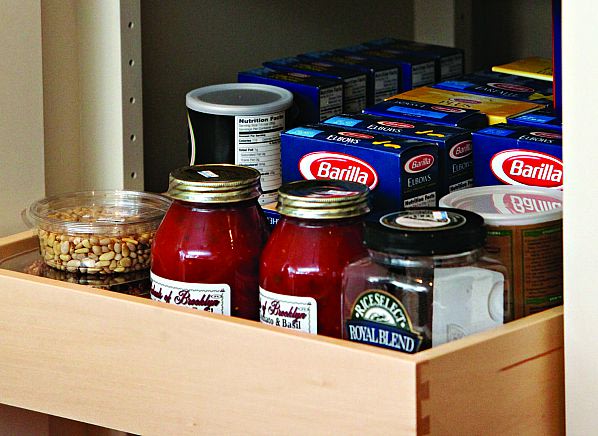
Storage
Start with storage that’s within easy reach. “The sweet spot for everything is between 15 and 48 inches,” says Kennedy. Add slide-out units and turntables to lower cabinets and glass doors to upper cabinets so you can see what’s inside. Open shelving and easy-glide drawers are other good choices and D-shaped pulls are easier to handle than knobs.
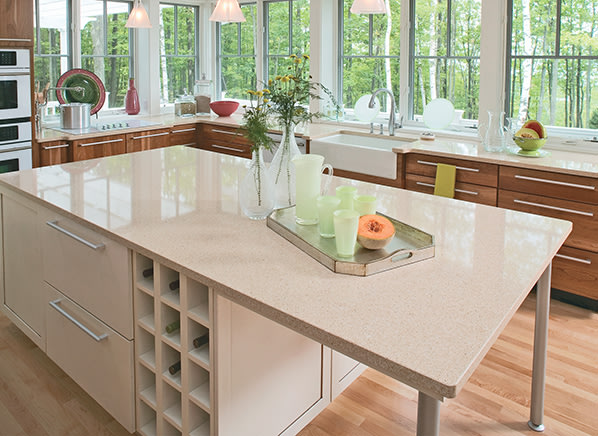
Work spaces
Counters of different heights work for adults chopping veggies as well as for children baking cookies and cooks who prefer sitting while prepping. Consider an island with different levels—one at the typical 36 inches and another at 30. A built-in desk can double as a work surface.
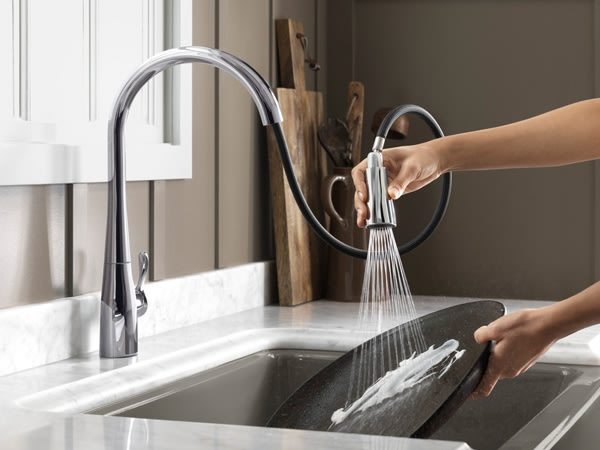
Sinks and faucets
Hands-free faucets are becoming more popular and lever-style handles are easier to nudge than knobs. Add a pull-out spray for cleaning the sink and filling large cooking pots. And a shallow sink of 6 inches or so won’t swallow your dirty dishes.

Lights and outlets
For task lighting, strips of LED lights are easier on the eyes than a series of spot lights, says Kennedy. Make sure all work areas are well-lit and replace lightbulbs in hard-to-reach fixtures with long-lasting LEDs. Rocker light switches are a cinch to flip. Raise outlets off the floor from 12 inches to 18 and lower light switches from 48 inches to 42. Adding extra outlets under the edge of the counter eliminates reaching over it.
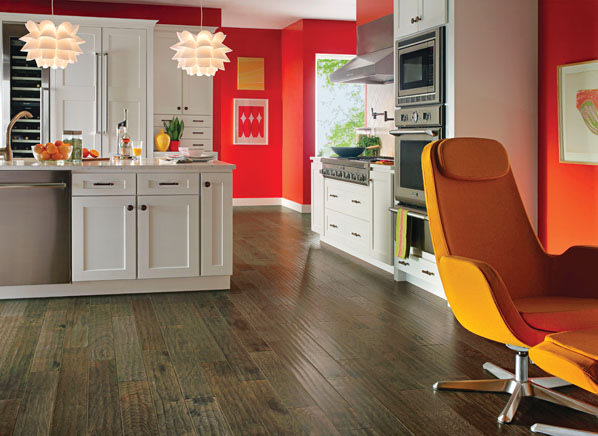
Flooring
As with any kitchen remodel, make sure you have ample floor space. A work aisle should be at least 42 inches wide for one cook and 48 inches for more than one. Select a non-skid floor that’s easy to clean. Choose a floor color that contrasts with your cabinets so the edge is easier to see.
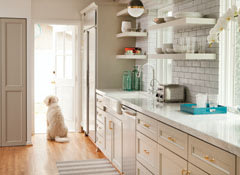
Doorways
Normal doorways are 32 inches wide but opt for at least 36 inches, which will accommodate a stroller, a wheelchair, and your new refrigerator. Threshold-free doorways won’t trip you up and lever handles are easier to swing open.

Appliances
Plenty of today’s appliances have bright digital displays, making it easier to see time and temperature. Also consider these features:
Refrigerator. There’s no perfect configuration. Side-by-sides put most food at eye level and have a more shallow door swing. The freezer drawer of a French-door model may be too heavy for some people to open. Look for continuous door handles.
Dishwasher. Raising a dishwasher can make it easier to load but that’s an impractical solution for most kitchens because it disrupts the line of the countertop. Dishwasher drawers are another option.
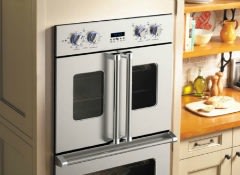
Microwave. Instead of an out-of-reach, over-the-range microwave, opt for a countertop model or one built into a lower cabinet.
Ranges, cooktops, and wall ovens. Induction cooktops and ranges stay cool to the touch. No matter what type you have, make sure the controls are on the front to avoid reaching over hot pots and burners. Some of the latest wall ovens are being designed with doors that swing to the side instead of down, making it easier to take things in and out.

Cookware and utensils
Hand strength can be an issue for both young and old. Oxo Good Grips has built a reputation on its easy-to-manipulate kitchen gadgets and there are plenty of other ergonomic tools on the market. Invest in an electric can opener and lightweight cookware with two handles instead of one. In a pinch, an adjustable wrench can be used to open stubborn jars and pop champagne corks.
Other ways to update
For more ideas and to find help from a pro, check the websites of the National Association of Home Builders, the National Kitchen & Bath Association and the National Aging in Place Council.
–Mary H.J. Farrell (@mhjfarrell on Twitter)
Kitchen Remodeling Guide
Find everything you need to know about remodeling your kitchen including the best appliances and materials from Consumer Reports tests in the Kitchen Remodeling Guide.
Published on Yahoo! Homes
